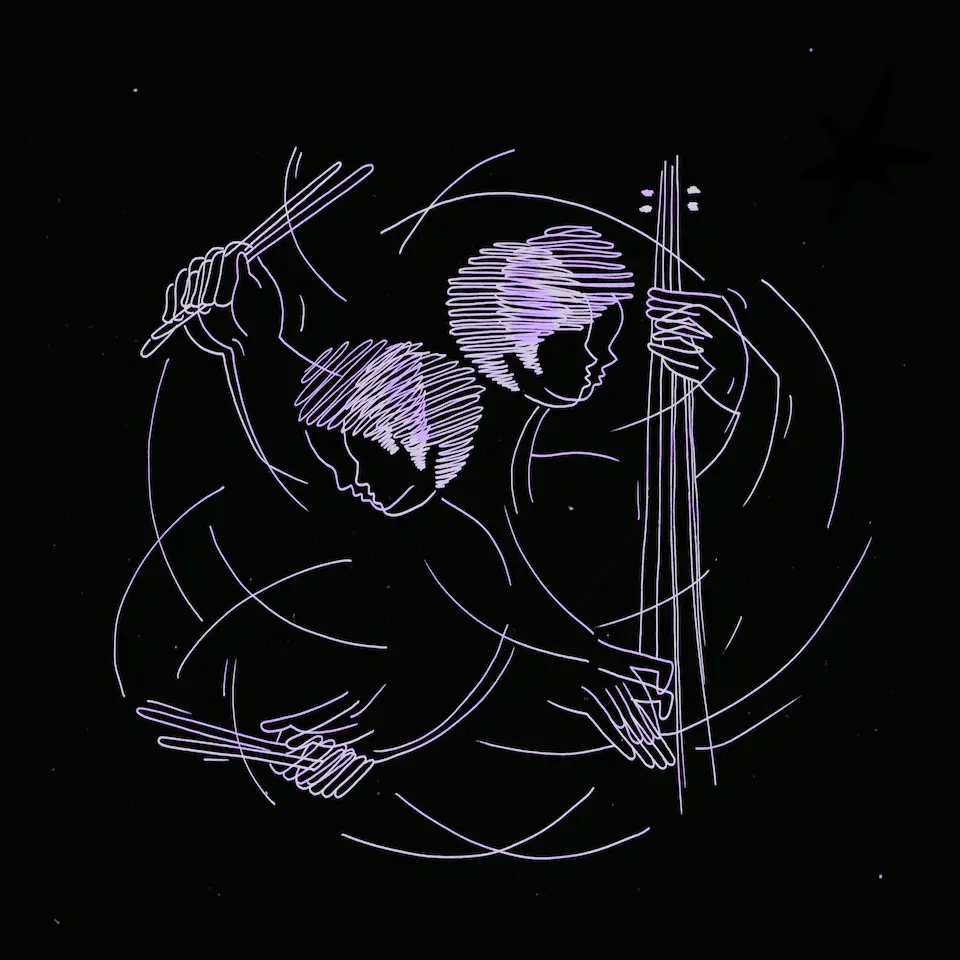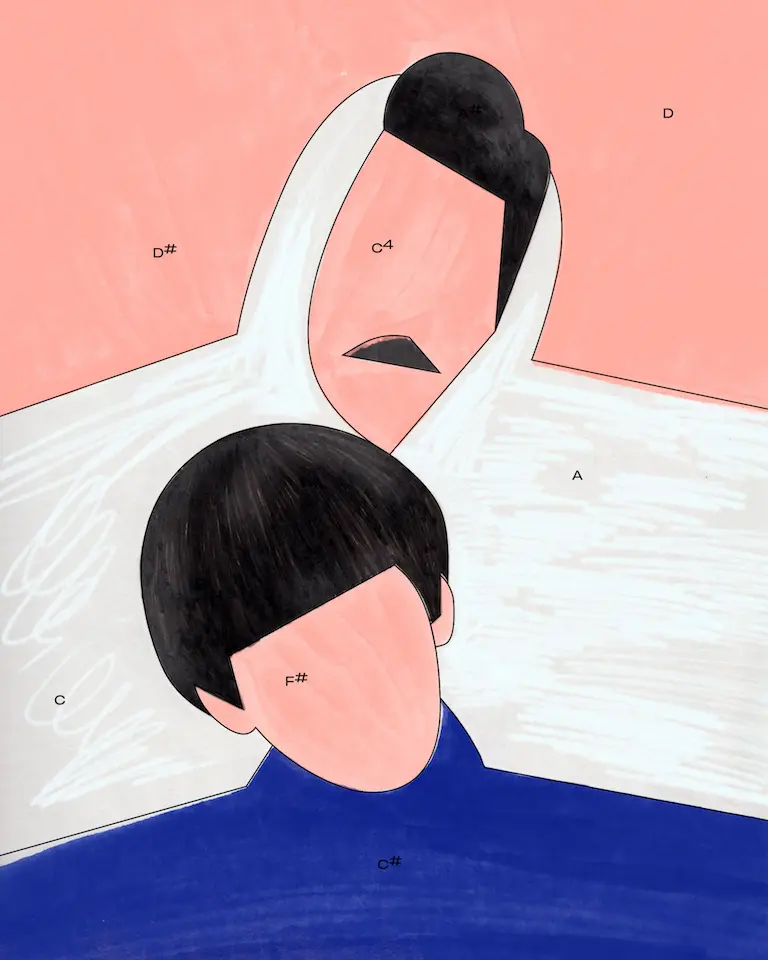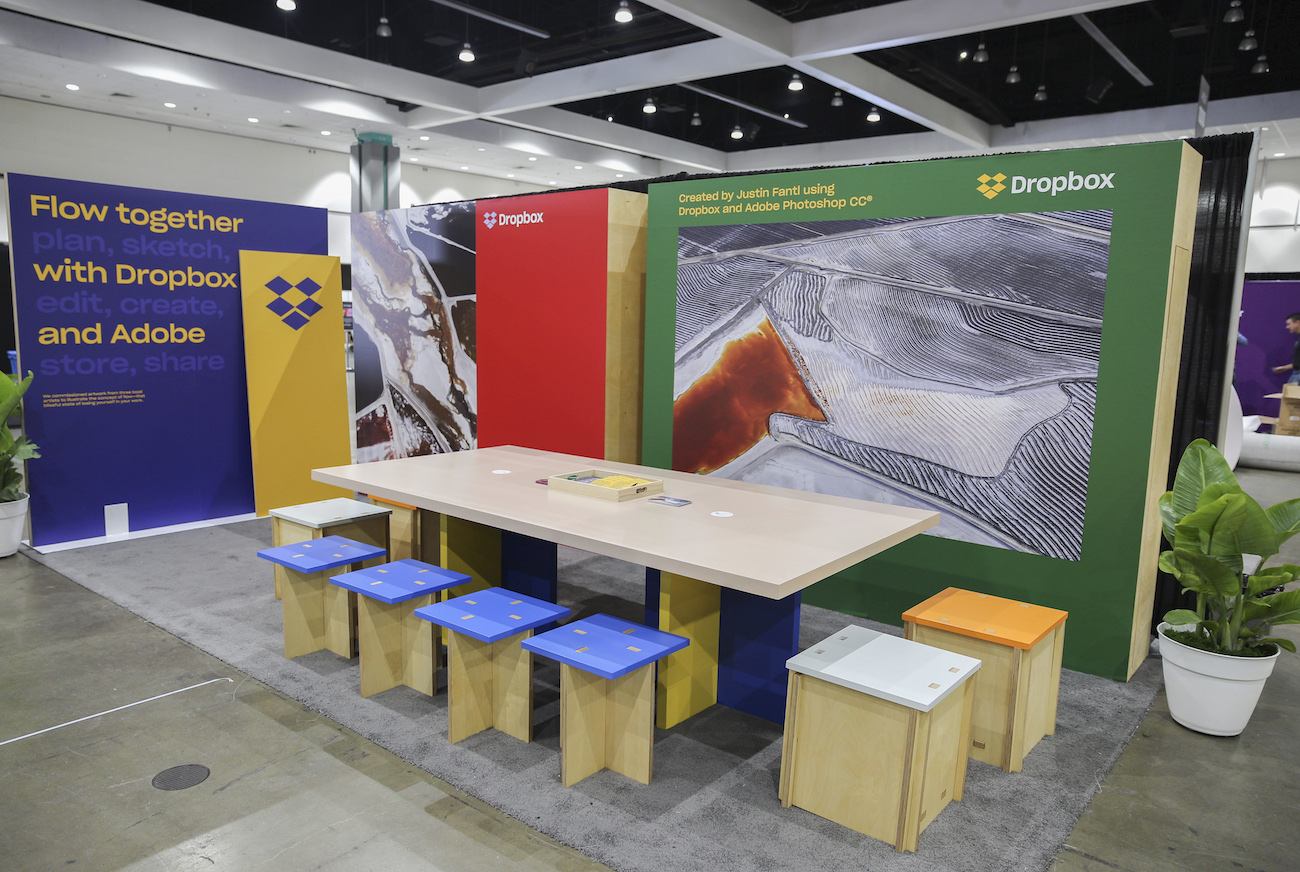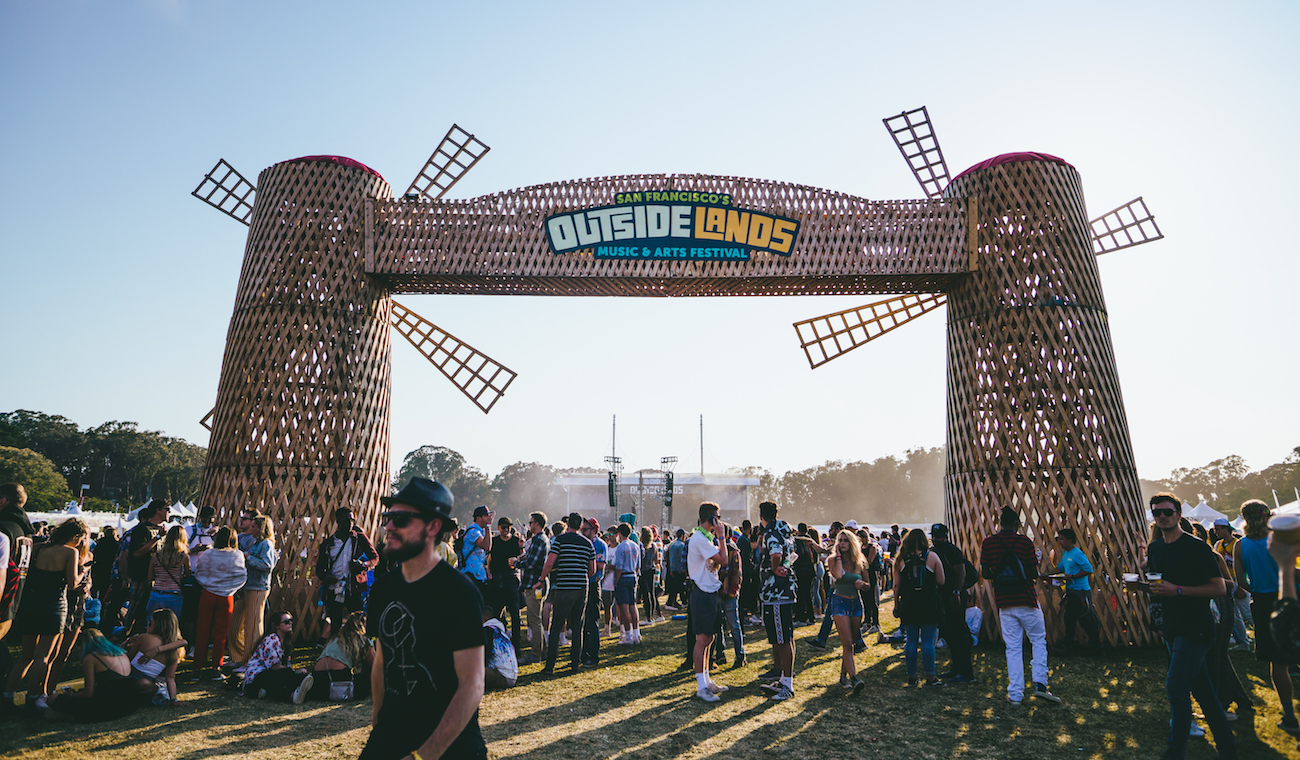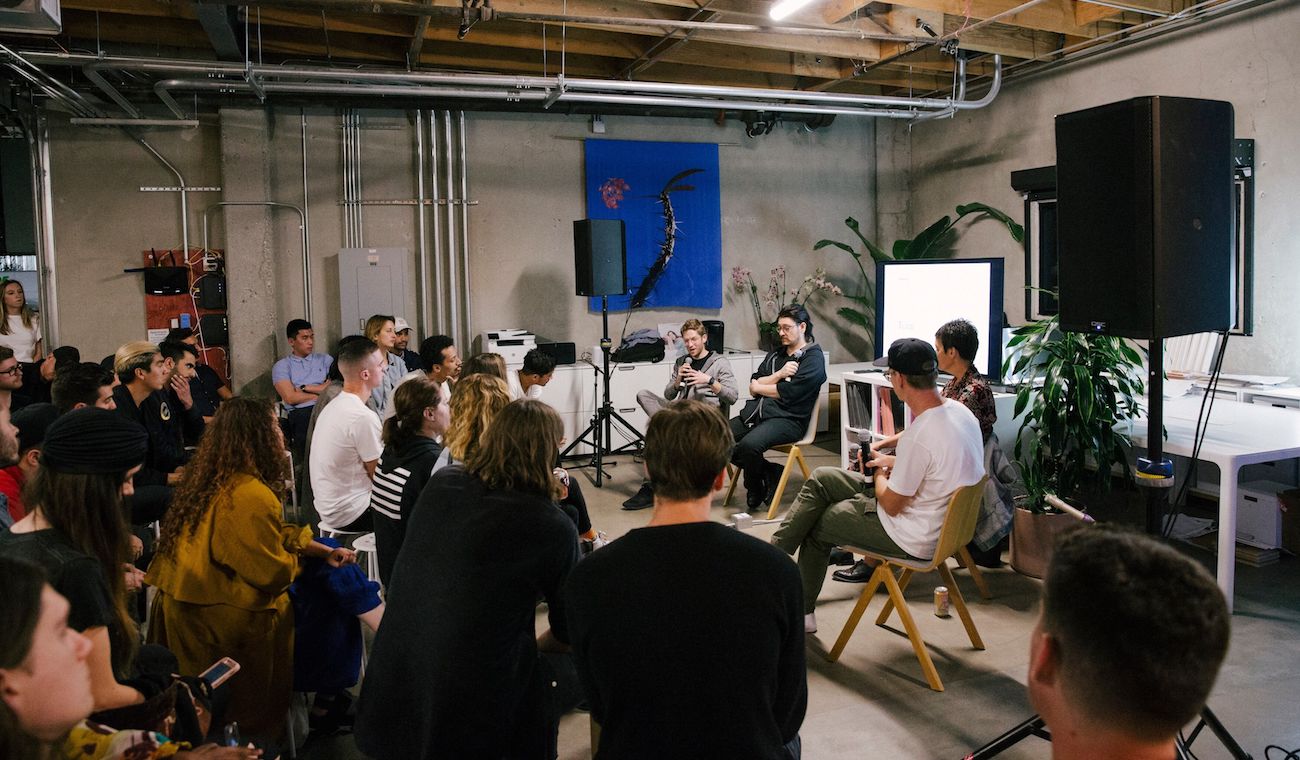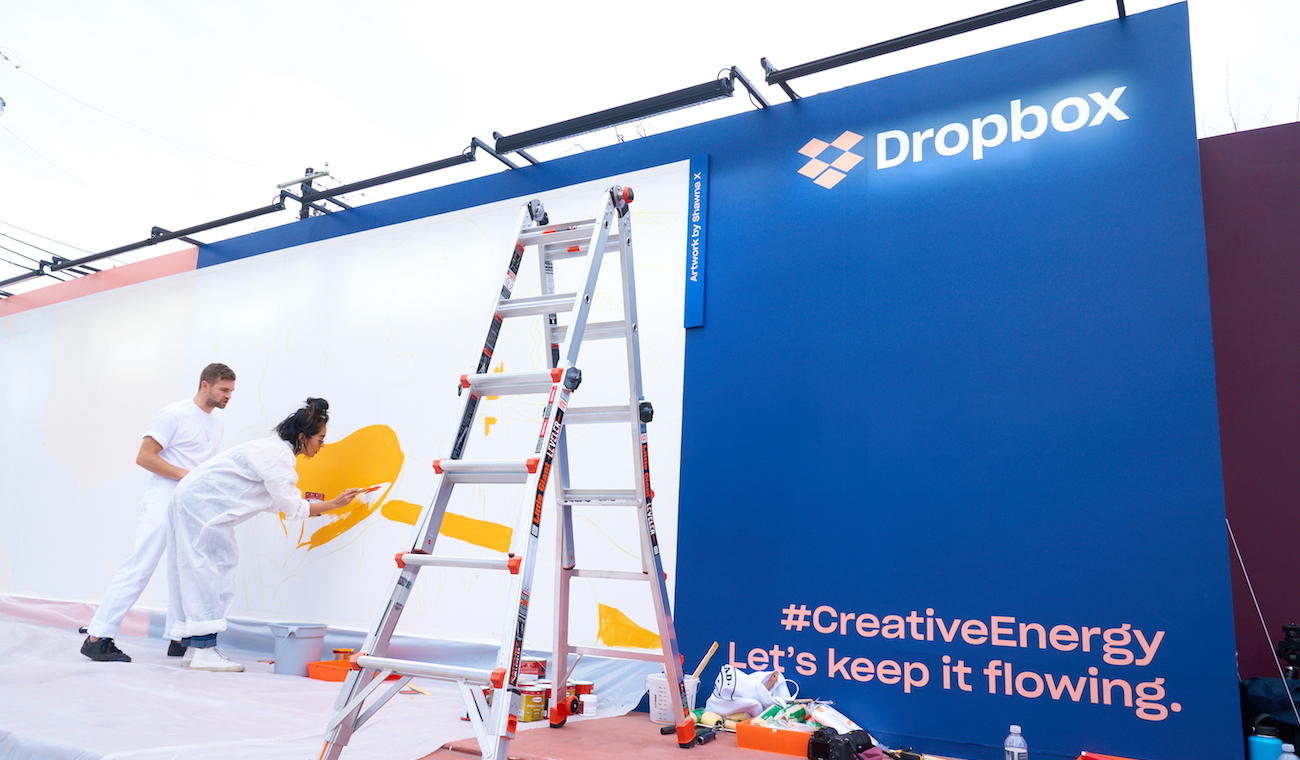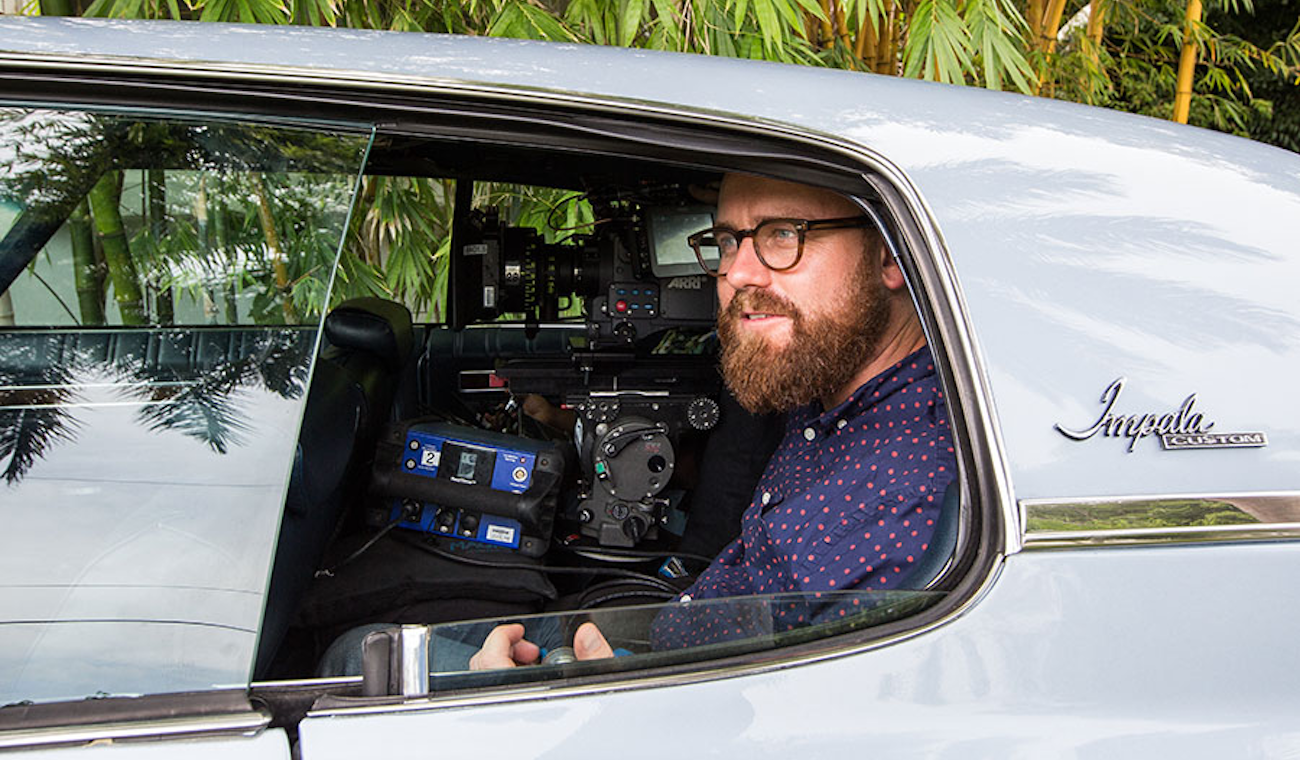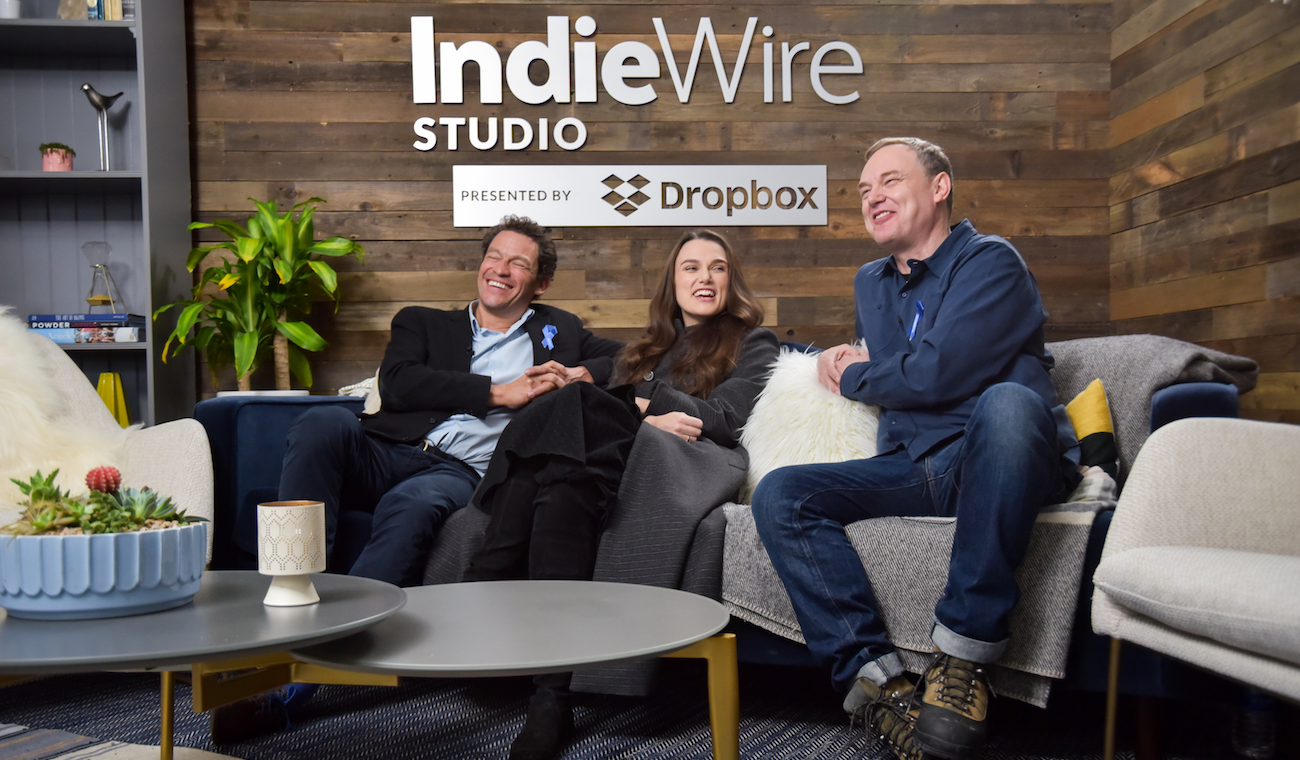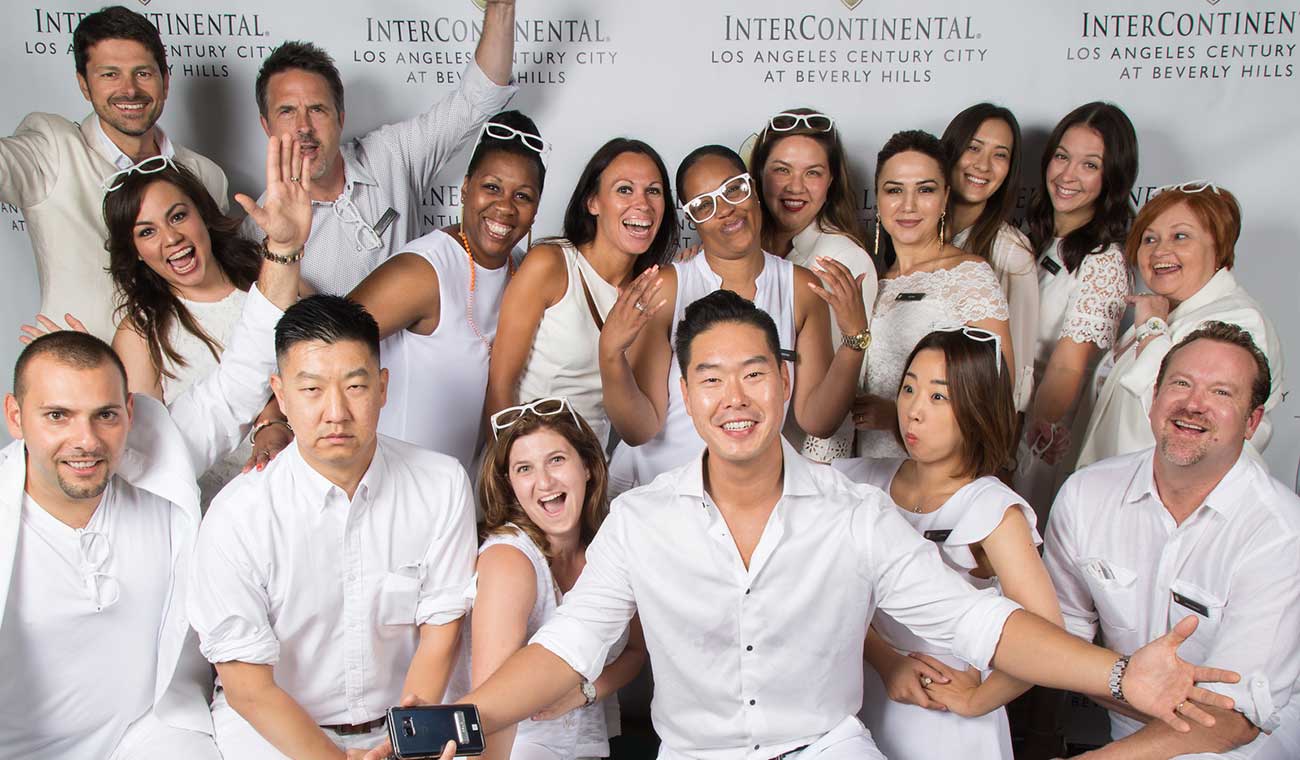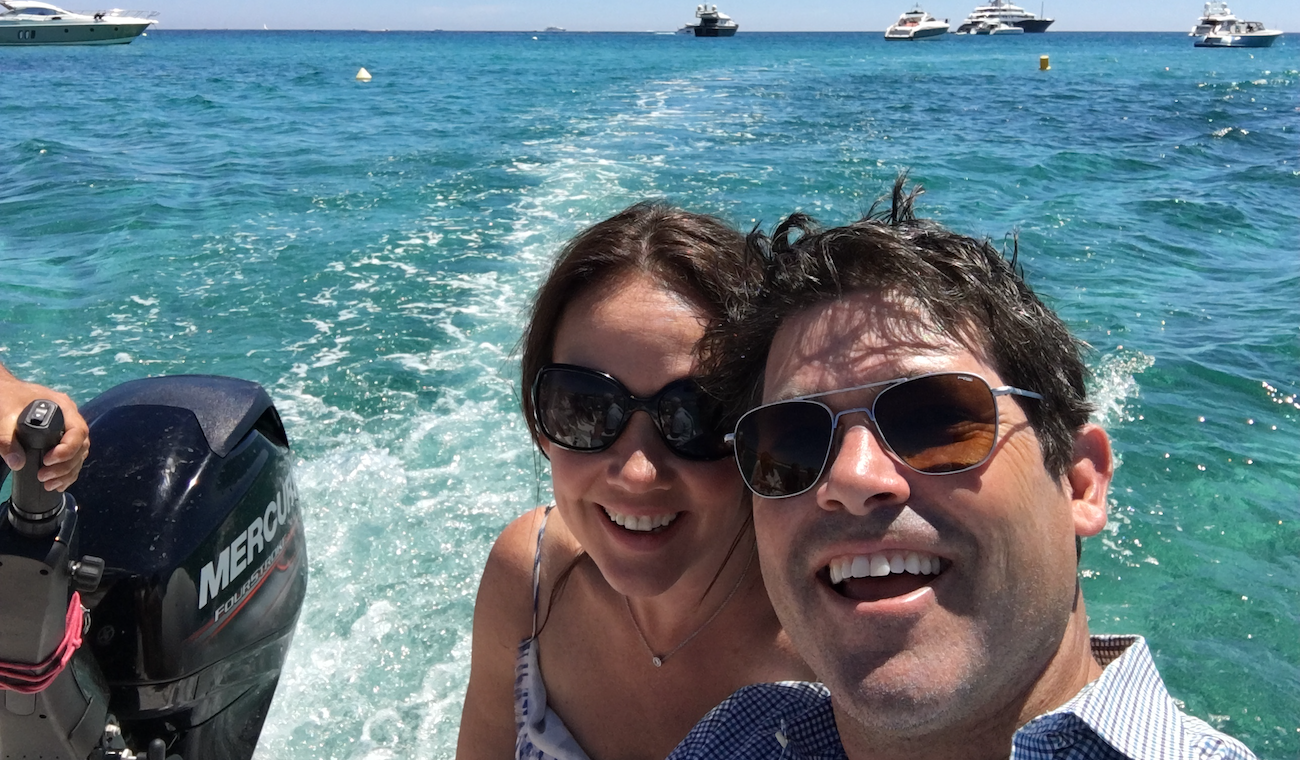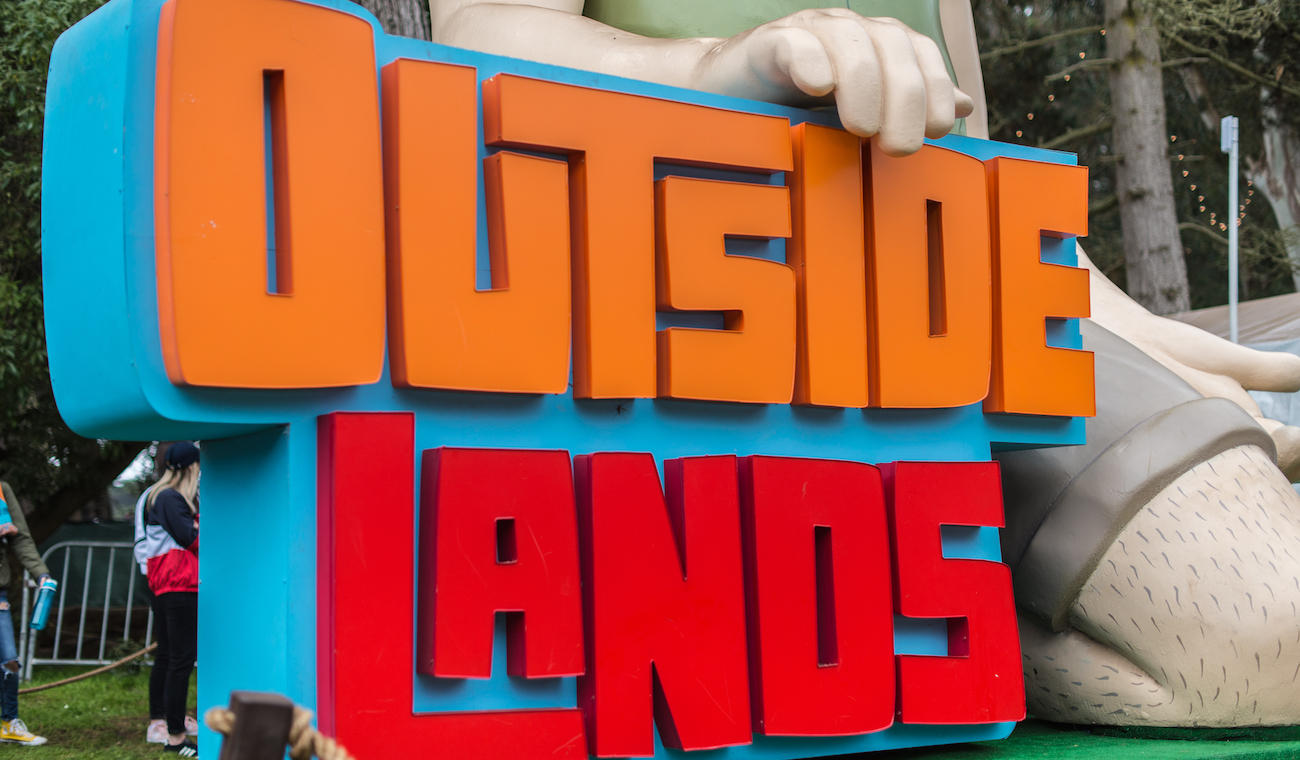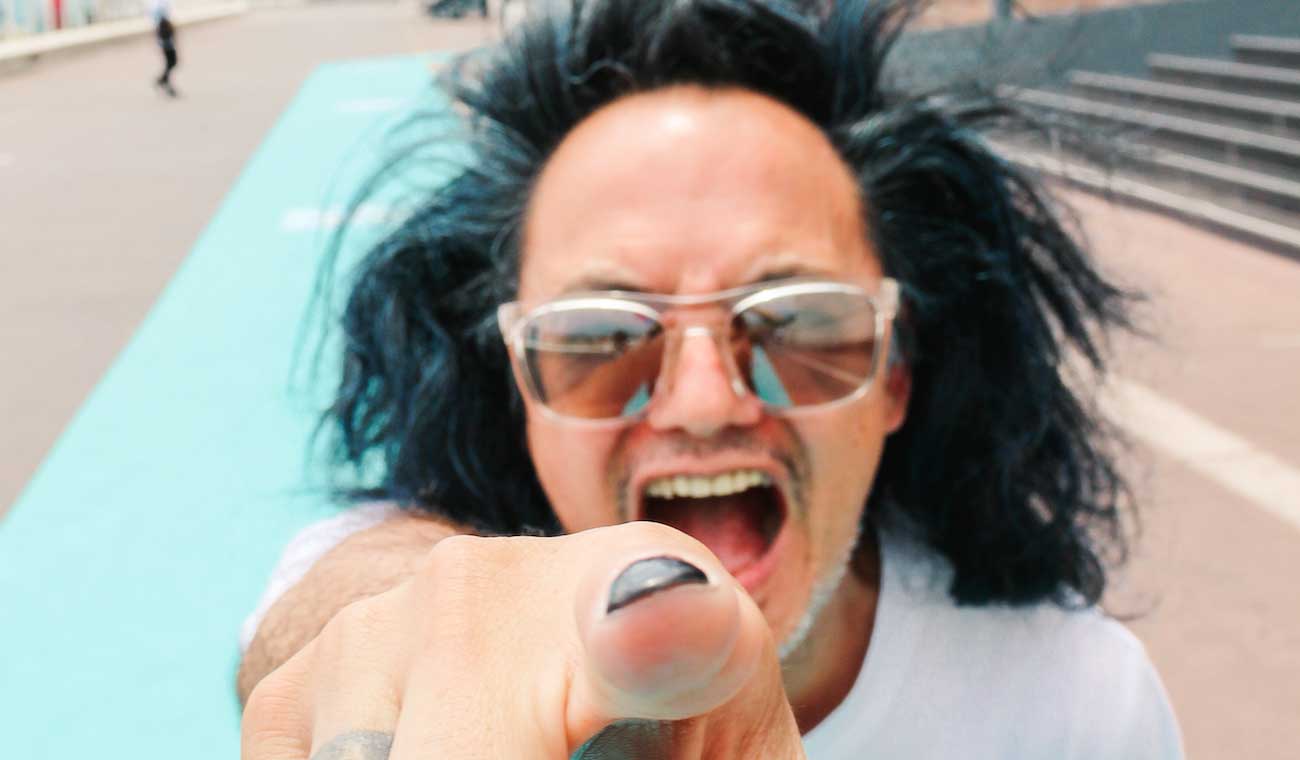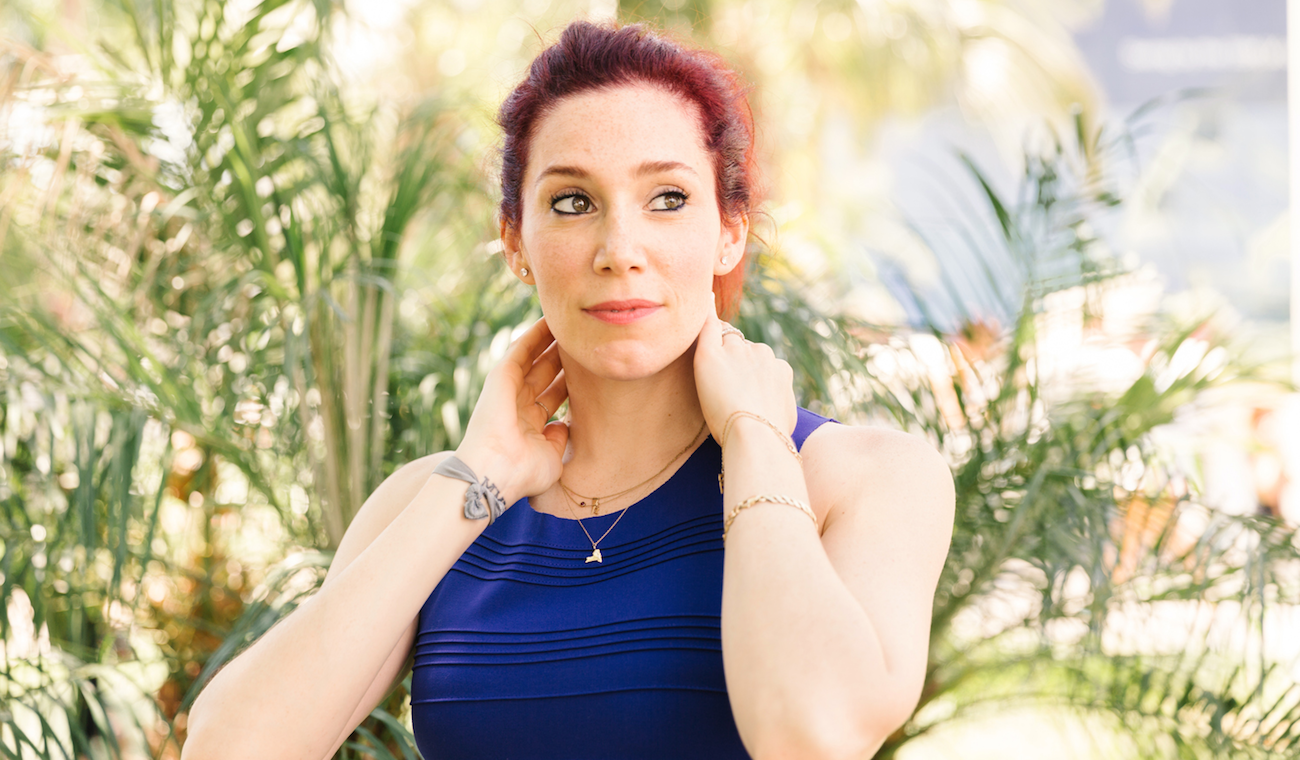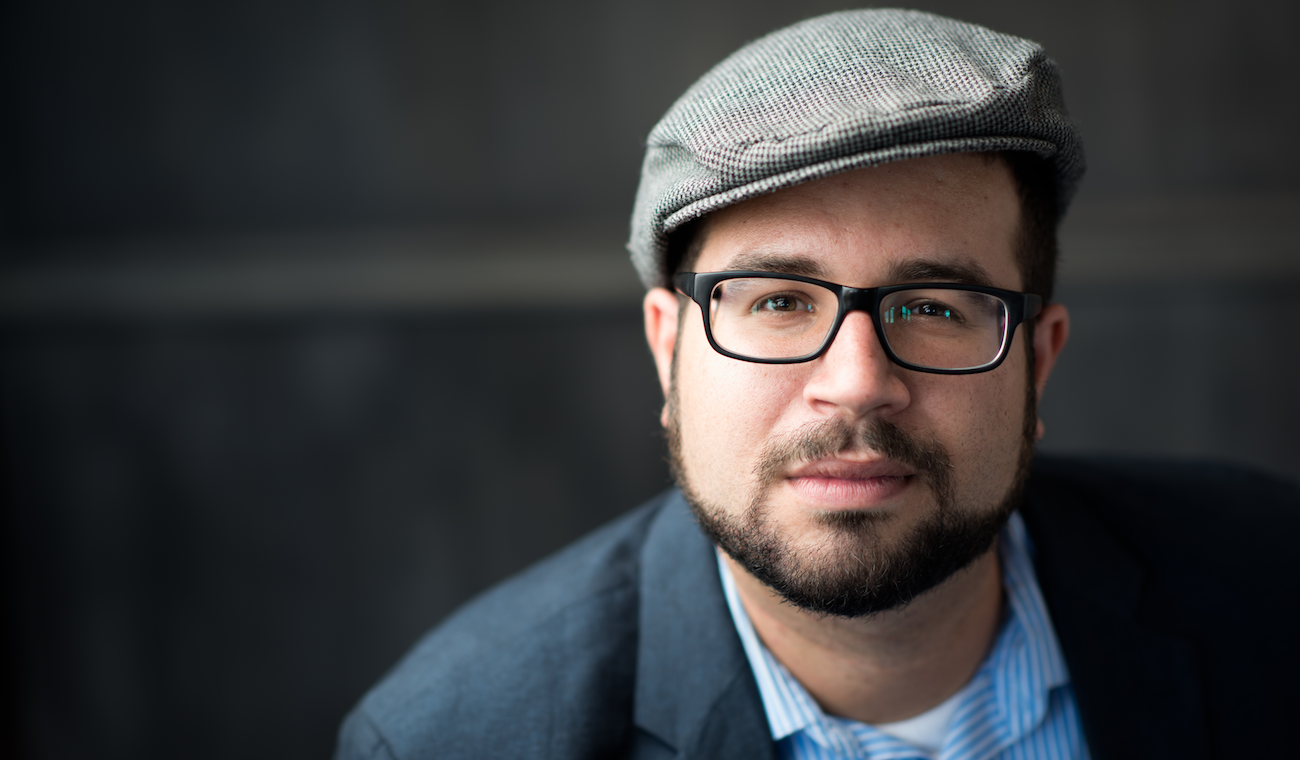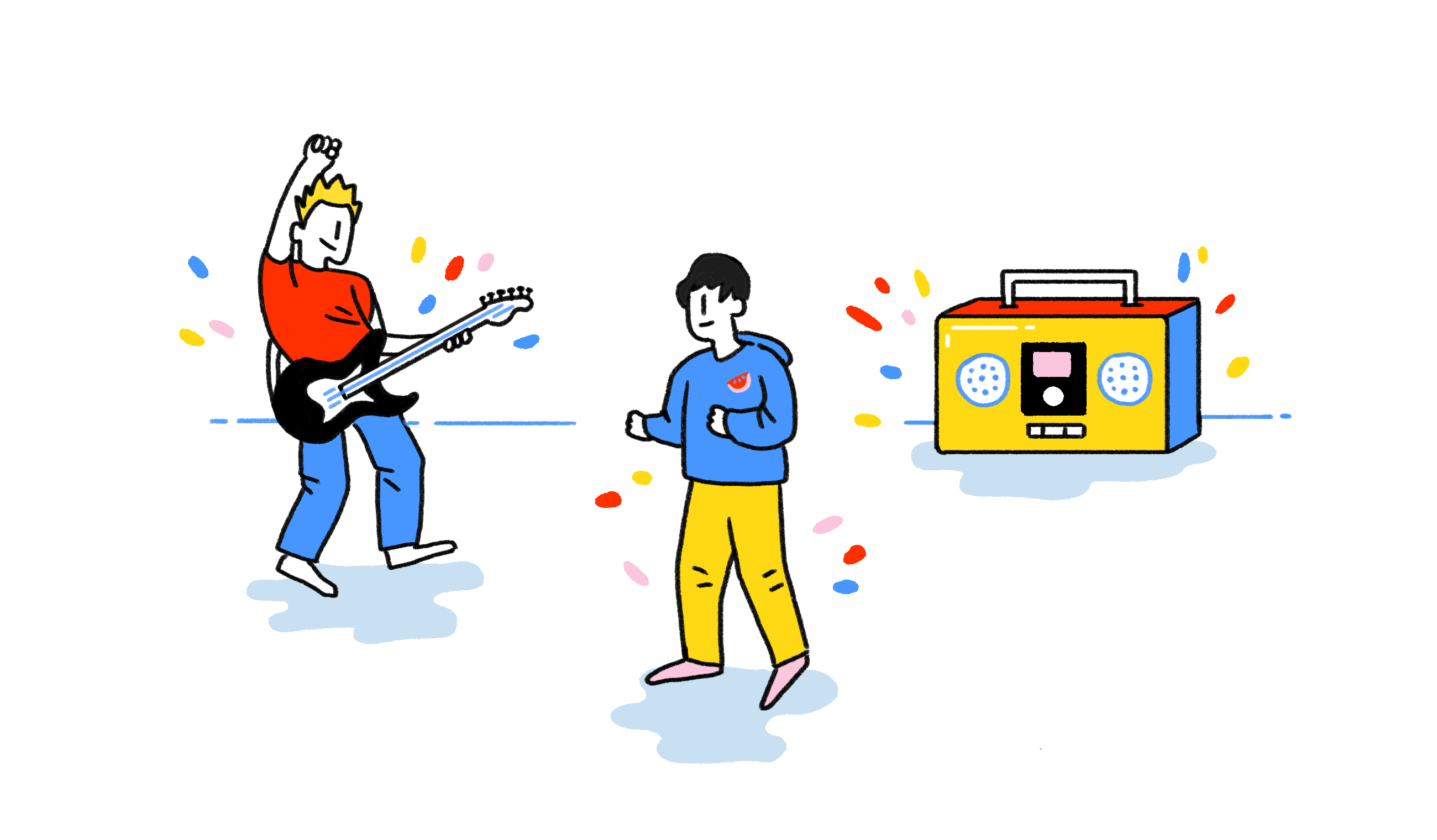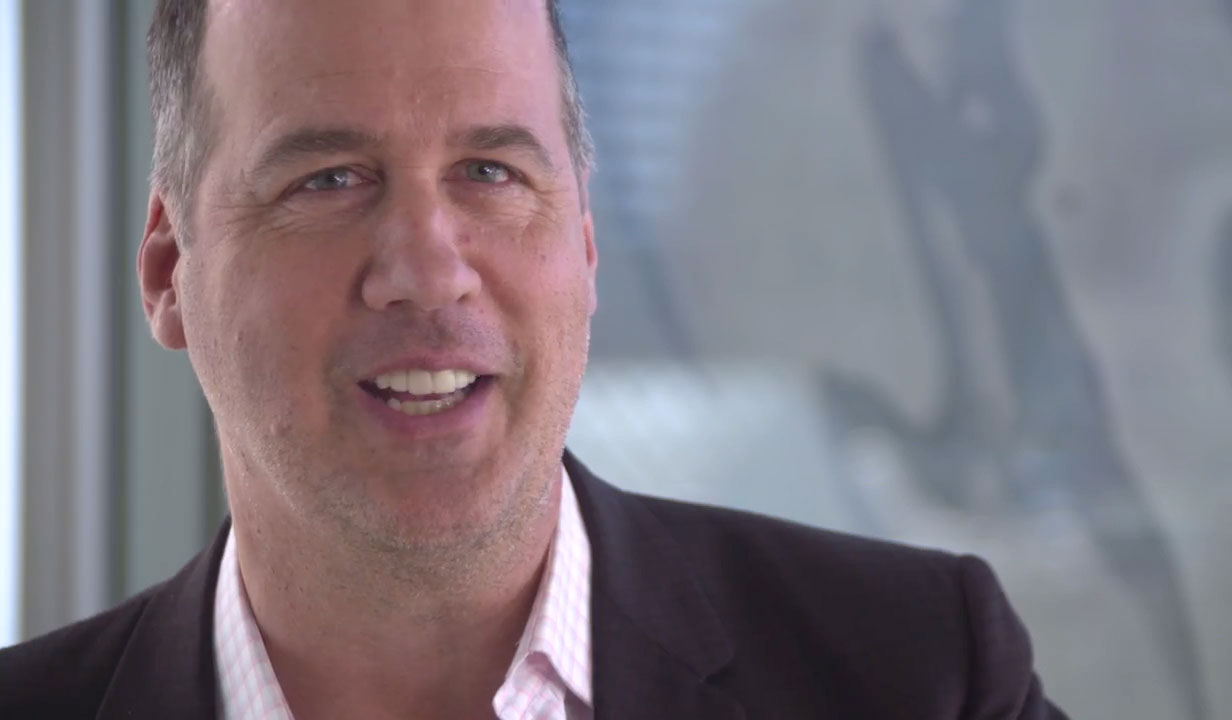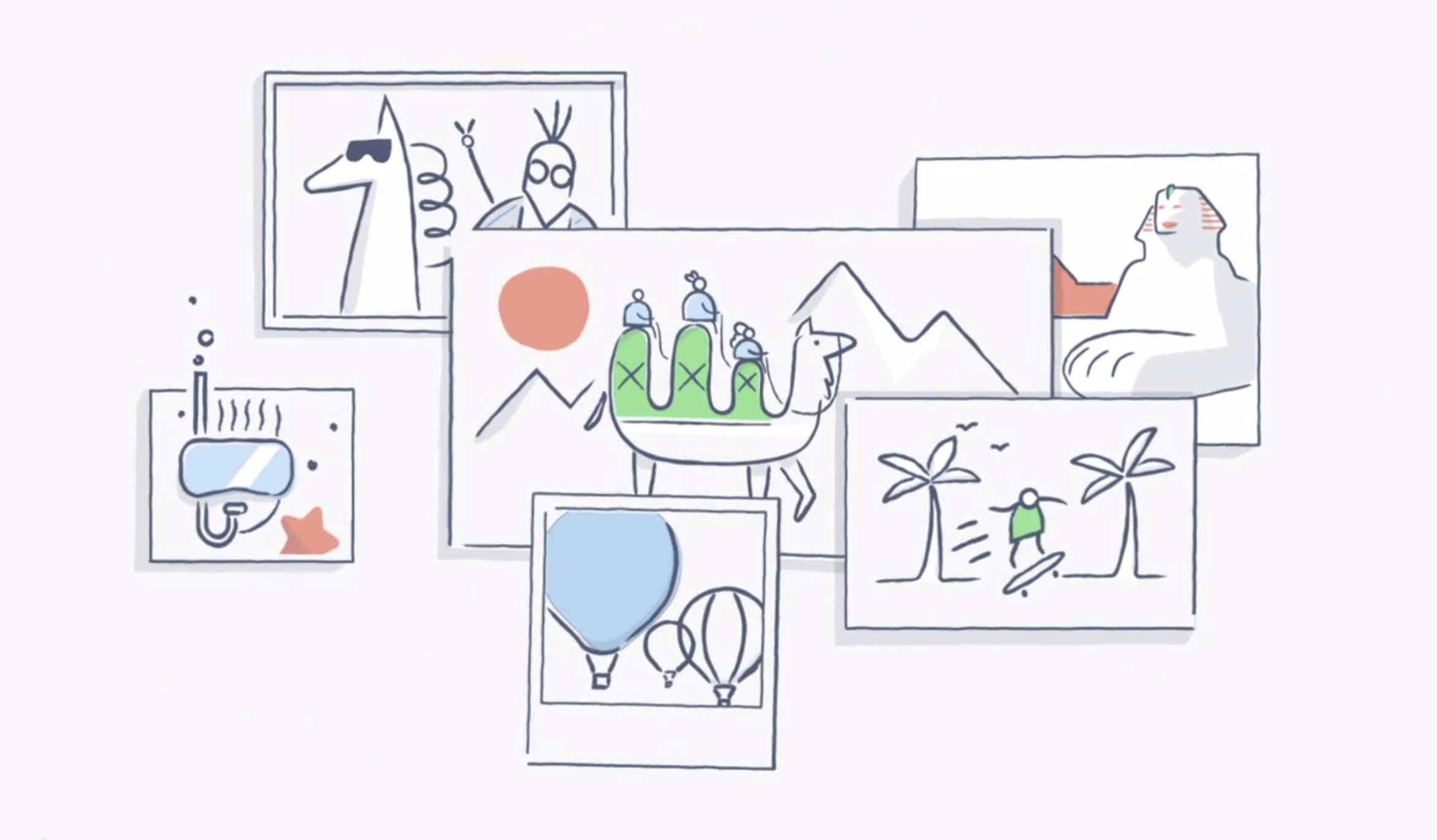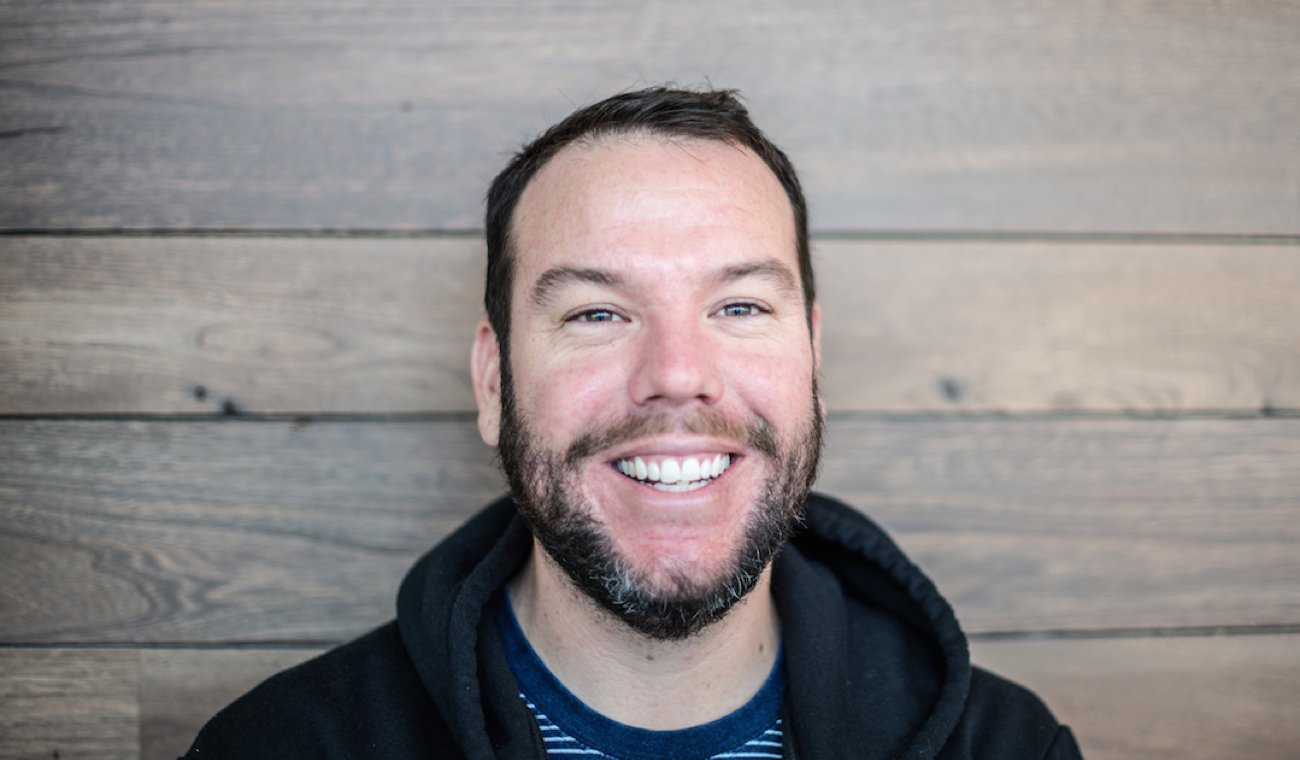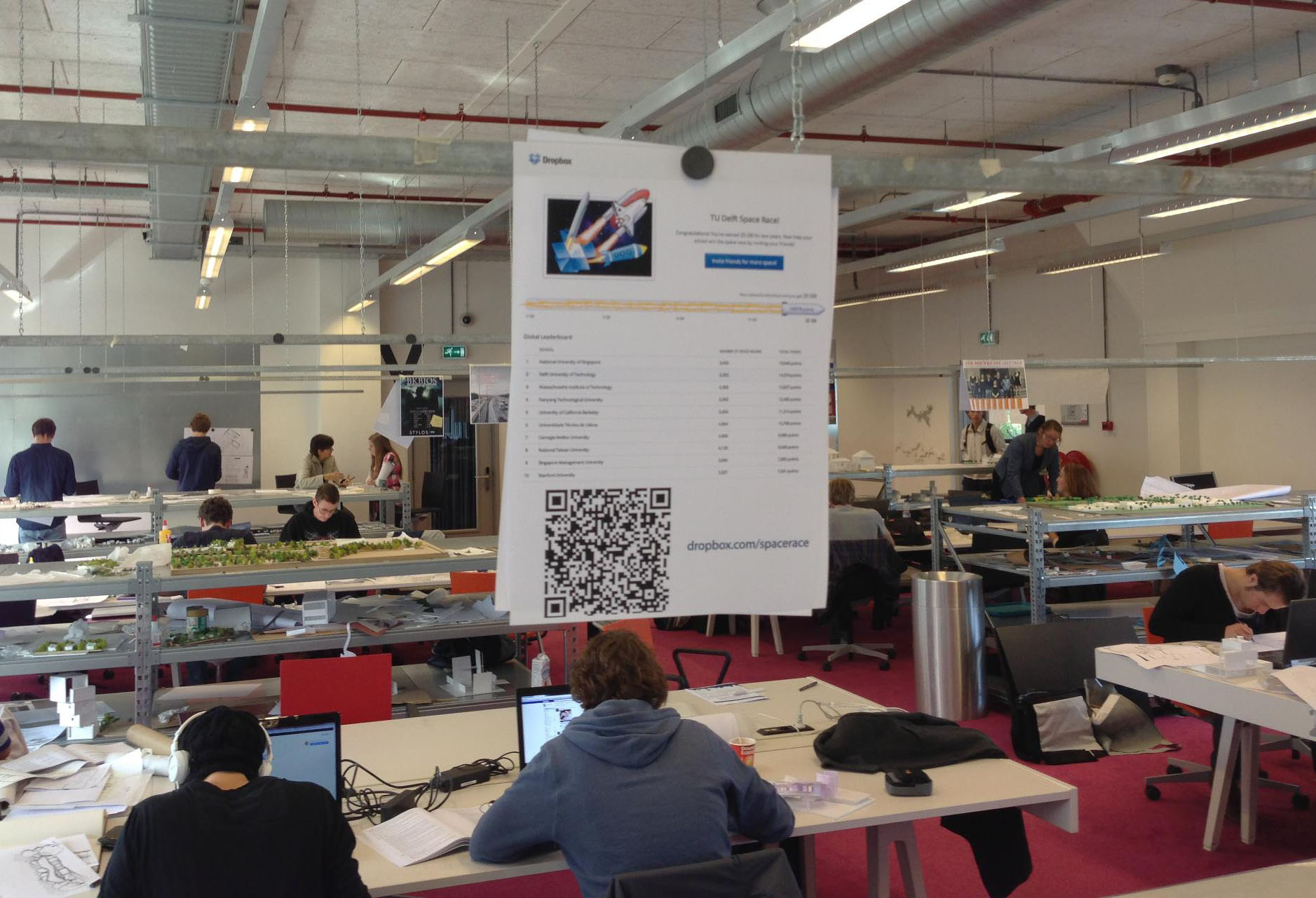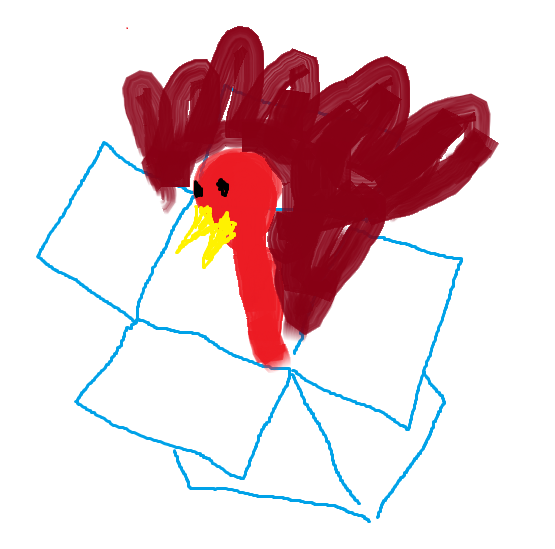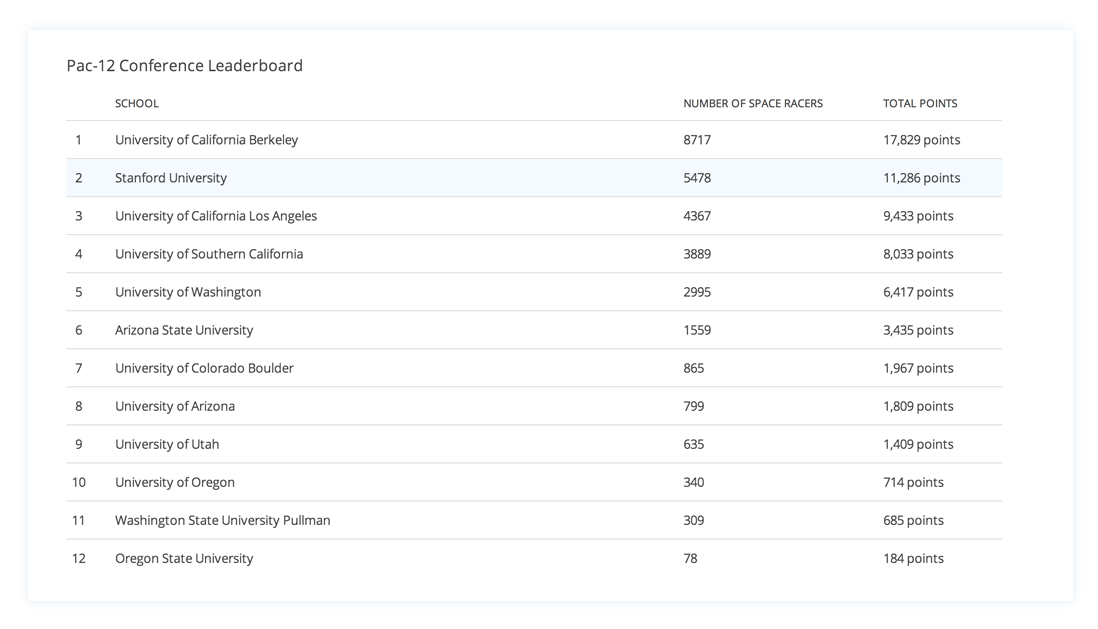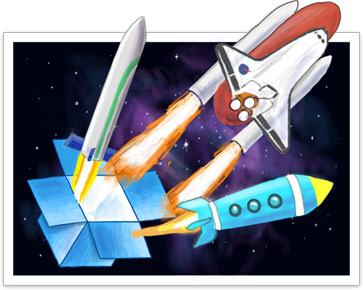
Sundance Film Festival 2021, Dropbox for filmmakers
How RBG and an unexpected discovery inspired the directors of My Name is Pauli Murray
Published on January 30, 2021
In tribute to teams that bring movies to life, we're talking with filmmakers to learn how they collaborated to complete their films despite the distance and isolation of pandemic lockdowns.
Today, directors Betsy West and Julie Cohen describe how Justice Ruth Bader Ginsburg, the subject of their Oscar-nominated documentary RBG, led them to the subject of their new film, My Name Is Pauli Murray, which premieres January 31st at the 2021 Sundance Film Festival.
Dropbox: After the enormous success of RBG, were you looking for other heroic historical figures that felt especially relevant to our times?
Betsy West: We actually heard about Pauli Murray from RBG. As a lawyer in the 1970’s, Ruth Bader Ginsburg was developing her now legendary series of women's rights cases. Pauli Murray was an African American lawyer and activist who in the mid 1960’s had co-authored a very influential and groundbreaking essay about using the Equal Protection Clause of the 14th Amendment to secure equal rights for women.
That impressed Ginsburg enough to put Pauli Murray's name on her very first brief before the Supreme Court. After our film RBG came out, we started doing research and said to each other, “Wow, look at this person! Not just a groundbreaker in feminist legal theory, but someone who had an extraordinary life story as a civil rights activist, memoirist, poet, and person way ahead of the times.”
How did you two meet and begin collaborating?
Julie: Our collaboration really stemmed from mutual film interests. Betsy had been the executive producer of this amazing project called Makers, which was not only a documentary series about the history of the woman's rights movement in America, but also a created archive about women's history figures that were still living. Betsy and I both come from the TV news world. A friend of hers had recommended me to produce some of the web elements of that. That's how we came to know each other. Many of our early conversations were about women's rights history from a certain era. We were really only dealing with people that were still living, so we were pretty focused on the wave of women's rights activism in the 1960s, 70s and onward.
For that project, Betsy interviewed Justice Ginsburg, I had done an interview with Justice Ginsburg for a different project, for which I consulted extensively with Betsy. So RBG became a topic of conversation between us. Then when RBG started to blow up on the internet, we thought, “How are we not making a documentary about her?” That film’s success led naturally to thoughts of “What other amazing figures should we make documentaries about?”
It happens that we have very similar sensibilities of what we like in documentaries—really gripping, amazing, accessible stories—and how we like to work—which is intensely and fast. Having both come from broadcast news, we're not dilly dalliers.
Betsy: I think we do complement each other very well. We want to do stories that are important, but also compelling. And we like to have fun. If there's any opportunity to laugh or to emphasize the humanity of a story, we go for it because we think that's a way to connect with other people.
RBG is a story about constitutional law and women's rights, but told through this extraordinary personal story. Pauli Murray’s story is equally compelling, with many different chapters, a great love story, and other elements that really resonate today of a person so ahead of the times.
As we were making the film in 2018. By the intense year that was 2020, so many of the things that happened resonated for us in Pauli's story. If you think of Black Lives Matter, here is a person who was writing to FDR in the 1930s, and taking him to task for not speaking up more strongly about the violence against African Americans. Pauli Murray was saying to FDR in the 1930’s, “Black Lives Matter.” So it's a life of great importance and relevance today, and the fact that many people don't know the name Pauli Murray, we feel when they learn the story, they’ll want to know more.
"We said to each other, “Wow, look at this person! Not just a groundbreaker in feminist legal theory, but someone who had an extraordinary life story."
As you were working with archival footage and interviews, how did to draw elements of humanity out of the Pauli Murray story?
Julie: Pauli Murray was a dog lover throughout life. We were fortunate to have audio interviews where you hear a dog lapping up water, jumping up on people, or the sound of a dog's collar jingling. Then we came across video of Pauli's dog Roy. He’s not only part of the interview, but he’s actually causing trouble from time to time. It happens that I, Betsy, our producer, Talleah Bridges McMahon, and our editor, Cinque Northern, are all big animal lovers. We were all like, “Oh, let's really bring that dog in there!” Because, what makes someone feel connected to another human being more than seeing them connect, and sometimes struggle, with a mischievous dog?
Betsy: You make your opportunities. The things that some people might think are a mistake, or you should work around—why not go for it? It’s fun.
Could you describe the research and creative process that went into developing a documentary like this?
Julie: First of all, there were some books to read. Pauli wrote a quite comprehensive autobiography called “Song In a Weary Throat,” which was meant not just to tell a story, but to do a full documenting of a life. There's also a book of poetry and a family memoir by Pauli. Then there are also very recent biographies. The Firebrand and the First Lady, which is a joint biography of Pauli and Eleanor Roosevelt, written by a University of Georgia professor named Patricia Bell Scott, who became a consultant on our film. Also a book by another professor, which was called Jane Crow. We interviewed her as well. So we read those pretty early on.
Pauli’s archive on paper and in photos is pretty huge. The archive in audio tape was maybe 40 hours. The videotape was less than an hour, and we certainly use a lot of it. So Pauli’s own words are very much the center of this story, and everyone else that's talking is really supplementing Pauli's words.
Betsy: Pauli had the foresight to save everything. There were around 150 boxes. They’re all in the Schlesinger library, including these audio tapes. That allowed us to go with the idea of telling the story in Pauli's own words. Finding the videotape was a very serendipitous discovery. We could have missed it because it wasn't catalogued in Pauli's collection. Julie stumbled upon it when she couldn't find the link to the actual archive. Suddenly, this name popped up. It was a video interview done by a young student in the 70s. This video had never been digitized.
Julie: Harvard had a VHS tape. We're like, “Hey, can you just digitize that and send us a link, please?”
Betsy: So, when we're putting together the story, we really are looking at, “What do we have in the audio? What do we have in the video? How can we begin to structure it around that material?” That was the beginning of organizing the vast amount of material.
Julie: When we were putting it together, it became clear that this archive is part of the story. It's not just source material. The fact of this archive’s existence is part of the story. We brought Pauli's grandniece to the archive to go down in the basement and guide us. So you can see where all the boxes were, as a way to remind us that Pauli had the interesting foresight to gather a life's worth of materials and put it in a place where it was going to be found. You see a grand niece—who had been close to Pauli in life as a human, but actually had known very little about Pauli's history and accomplishments—learn about it through other people who were interested. That led Karen to say, “Wait a second, my relative was even cooler than I thought. Maybe I better learn more.”
So you were able to capture that moment of discovery as part of the documentary?
Betsy: Karen, obviously, was learning more and more about Pauli. By taking her to Schlesinger, she was able to talk about the process of becoming the executrix of an estate for a relative about whom she knew very little until it became obvious that more and more people were interested in Pauli Murray.
So capturing that was a fun part of the film. And being in the Schlesinger library at Harvard is really special. It’s the repository of the archives of many, many consequential women in American history. When we were filming, we're just by walking by, like “There's Betty Friedan. There’s Julia Child. There's Lucretia Mott. There’s Elizabeth Cady Stanton. There's so much in that archive. It is such a special place.
Many people may not know the name Pauli Murray, but students know who Pauli Murray is. Younger generations know. Schlesinger Library told us that the Pauli Murray collection is one of the most accessed collections that they have. More students come in there and ask to see the Pauli Murray record than any anybody else right now—because of Pauli's record as a ground breaking civil rights activist, women's rights activist, and because of what has been learned about Pauli Murray as a non-binary person at a time when there was no language to describe that, when this was something that Pauli was dealing with in a lonely way. I think many people are interested in that history as well.
"Finding the videotape was a very serendipitous discovery. "
Did the pandemic shape the making of the film in any way or was the production wrapped before the lockdowns began?
Julie: Shooting wasn’t quite wrapped. Bringing the grand neice to Schlesinger was in January 2020. We filmed a scene in Durham, North Carolina, Pauli Murray’s hometown at the family home, which has been named a historic landmark and is being turned into a mini museum. We filmed a scene where our consulting producer, Patricia Bell-Scott, is leading students on a tour, showing them the home. We actually shot that on February 29, 2020. At the time, it was a decision like, “Are we still doing this shoot?” We came back from there, then everything shut down.
Fortunately, we had the absolute bulk of our material to edit. We did have a few interviews that still had to be done. But we were able to move ahead with the editing process with everyone from our homes using a lot of technology, including Dropbox. When it became possible in the summer, we shot a few more interviews that we were able to integrate into the story.
I'm sure everyone who has made a film this year had to deal with COVID and figure out how to get crews tested and do things in slightly different ways. In the doc world, we're used to being pretty small and nimble and those skills became useful this year.
Betsy: If you think about what our lives would have been like had this pandemic happened, even in 2014 or 15, I don't think we could have made a film during this. Because all of the cloud-based platforms—Dropbox and others that we were using constantly—really allowed us to collaborate in a way that would have been impossible.
It is definitely game changing. It's going to change the way people work in the future, how they think about organizing projects. It’s certainly had a tremendous impact on us. We feel incredibly lucky that we were able to have this film to be working on, and to actually accomplish it at a time when many people were not only suffering, but unable to do the work they normally do. Instead of being at a at a standstill, we were able to push on.
Were there new tools that you learned to use because the situation? Had you been using Zoom very much before all this went down?
Julie: We've been using it a little, but not like this! Our executives on this project at Participant Media, were fans of Zoom pre pandemic. My only experience with Zoom, prior to the pandemic, was that we would do our big meetings with Participant every month or so. And it was like, “Oh, what's this interesting thing? We'll meet with Zoom.” Little did we know that that was going to become our whole professional life and half of our personal life.
Betsy: It's an interesting evolution. Suddenly, it was like we had a whole new language we learned about how to do this. I was teaching last spring, and I was teaching in person all the way up to Spring break. Then the students went home and they never came back. I finished teaching for the last eight weeks on Zoom. So it's a pretty amazing transformation.
"It is definitely game changing. It's going to change the way people work in the future, how they think about organizing projects. "
When you were doing post production, would you have discussions on Zoom about editing decisions this way?
Julie: Yes, including Talleah and Cinque. Part of the process was that we'd be talking about stuff, and Cinque would literally make an edit, play it again, then we’d all discuss it. You can still read someone's face. In a normal editing room situation, we might be standing a little bit behind the editor. Whereas in this situation, he's looking at our faces. Like, there's not gonna be any hiding your reaction.
Betsy: It's a little more cumbersome to not be able to wander into the edit room and say, “Let's look at this.” I miss that and look forward to going back to that. On the other hand, you know, it was pretty seamless. It think maybe it add a little bit more time, because you’ve got to upload things and wait for them. But we made it work.
I feel pretty close to the team. We would do a meeting every morning. Sometimes there wouldn't be much to discuss, but we'd have the whole team on just to check in. “What's everybody doing today? What's happening with the archive? Where are we on the edit?” We would kind of get our marching orders, then off we’d go.
What feeling would you like the audience to take away from the film?
Julie: We understand that a bulk of our audience is going to come into this film either not having heard of Pauli Murray, or knowing very little about Pauli Murray. So, in some ways, there's a low-hanging fruit element—we just want people to learn this amazing story and say, “Oh, my God, I can't believe I went through years of American education without understanding the role that Pauli Murray played in 20th century history. Now it feels good to begin to know it.” That's our first goal.
Betsy: The bigger perspective on that is a recognition that we all have now. As the Dean of Pauli Murray college says at the end of the film, we have to realize that the people who have a place in history aren't necessarily the people who are the most deserving of that place in history.
We've been having a national reconsideration of many issues involving systemic racism, the way we look at many events in our past, including the Civil War, reconstruction, how African Americans have been treated over the past centuries. There's a reconsideration of that, and the contributions that people like Pauli Murray have made, not just to African Americans and to women, but to all of us.
To check out the Sundance Film Festival’s new online platform, visit festival.sundance.org
To read about the making of this year’s films, visit our Sundance 2021 Featured Collection.

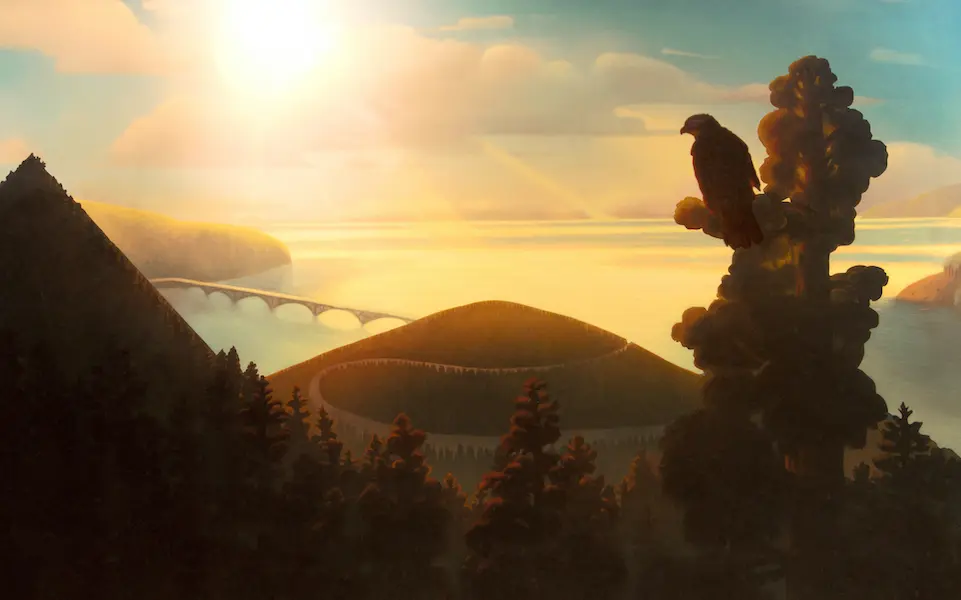
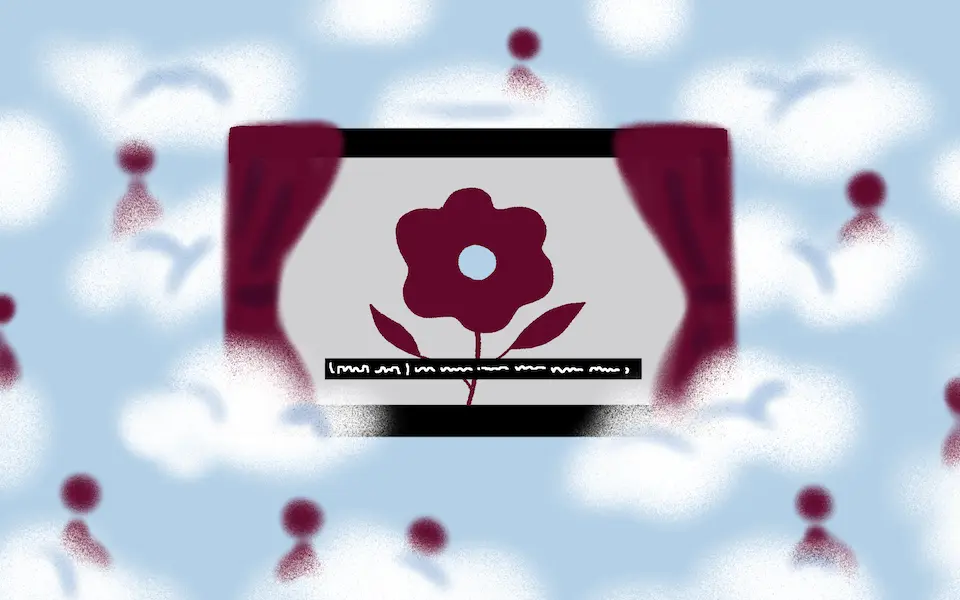
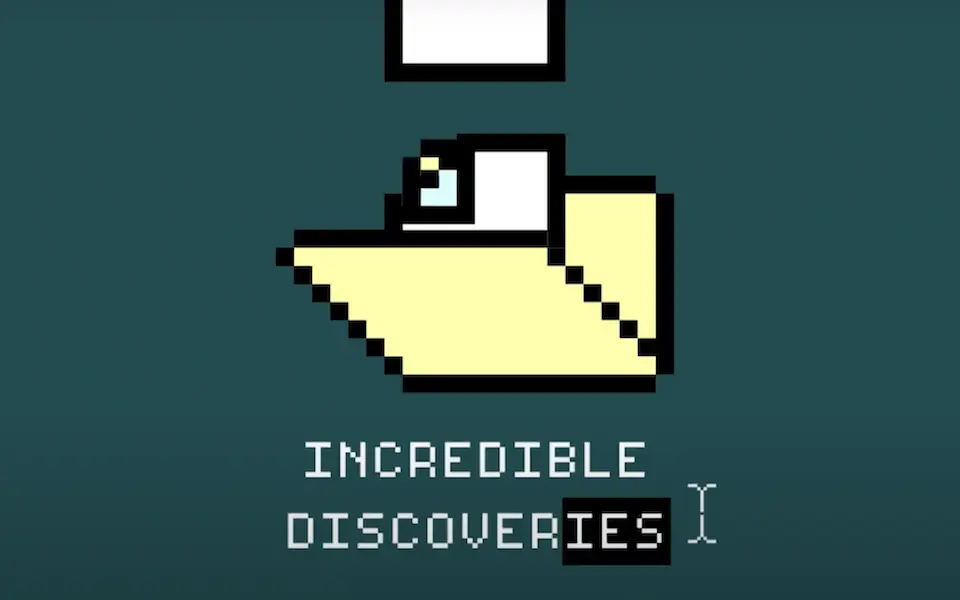
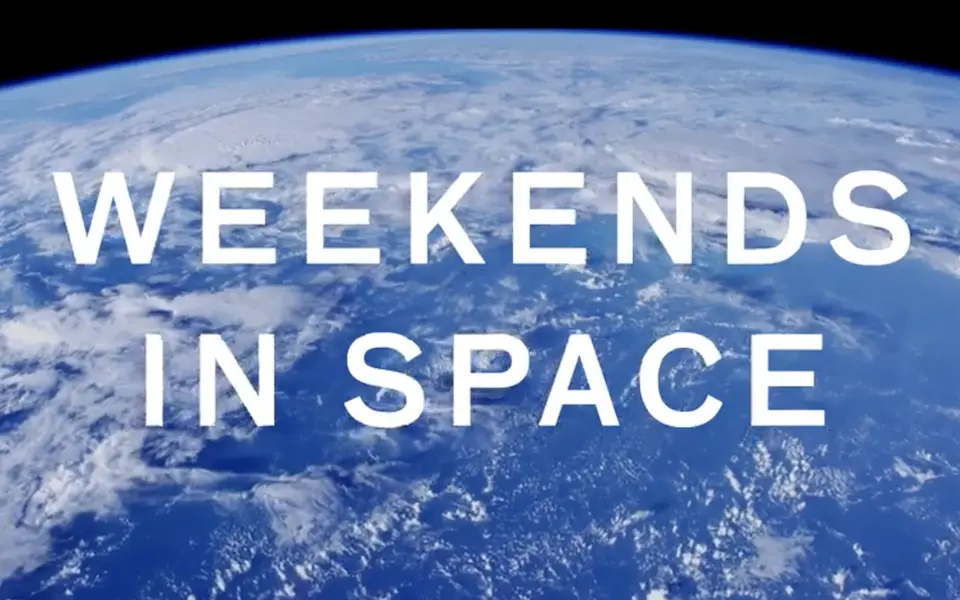
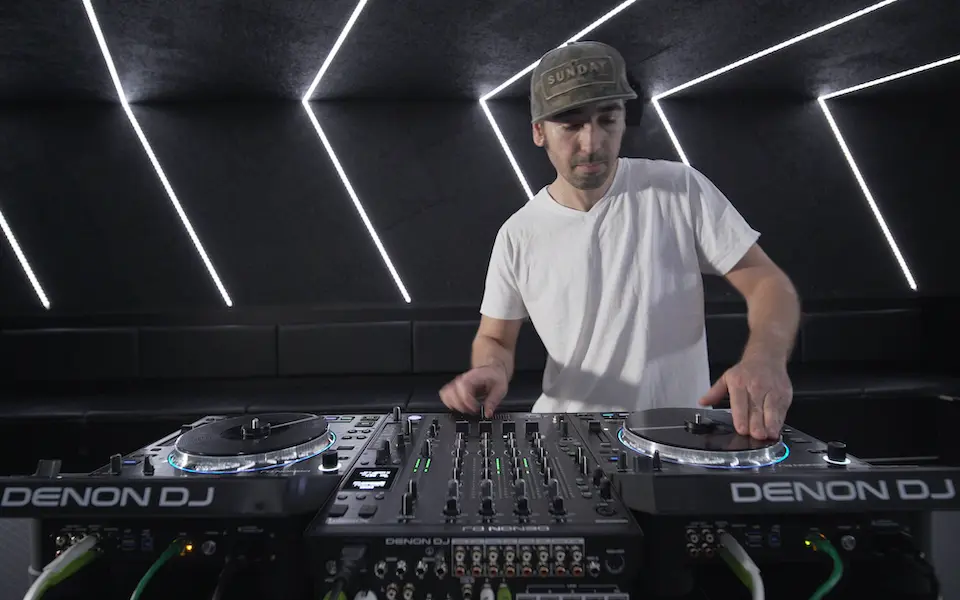
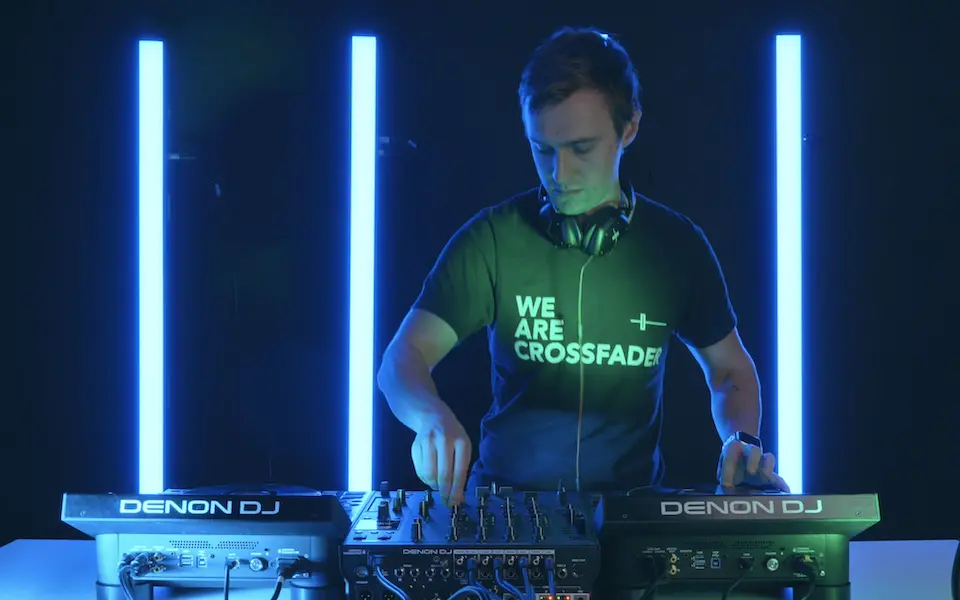


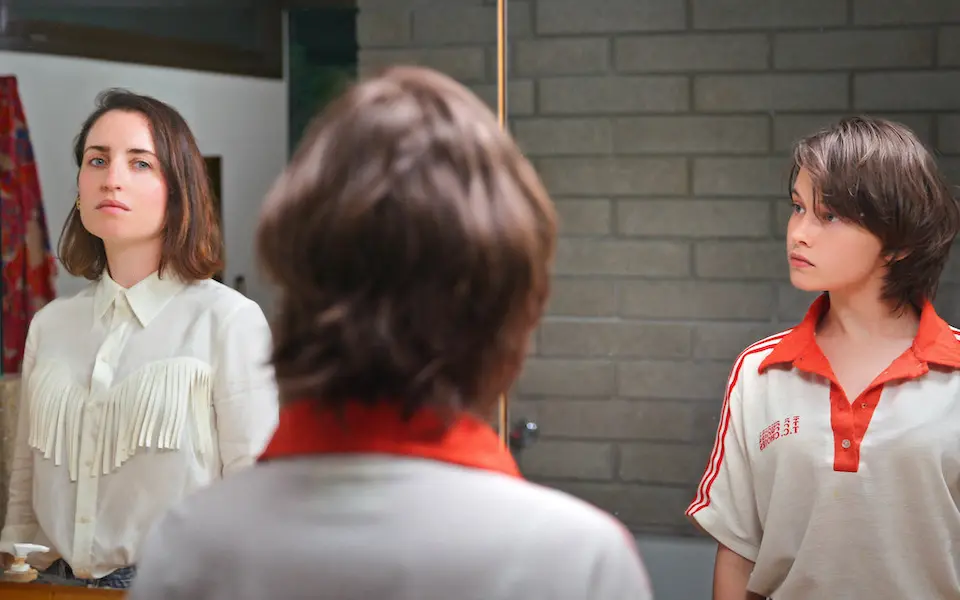

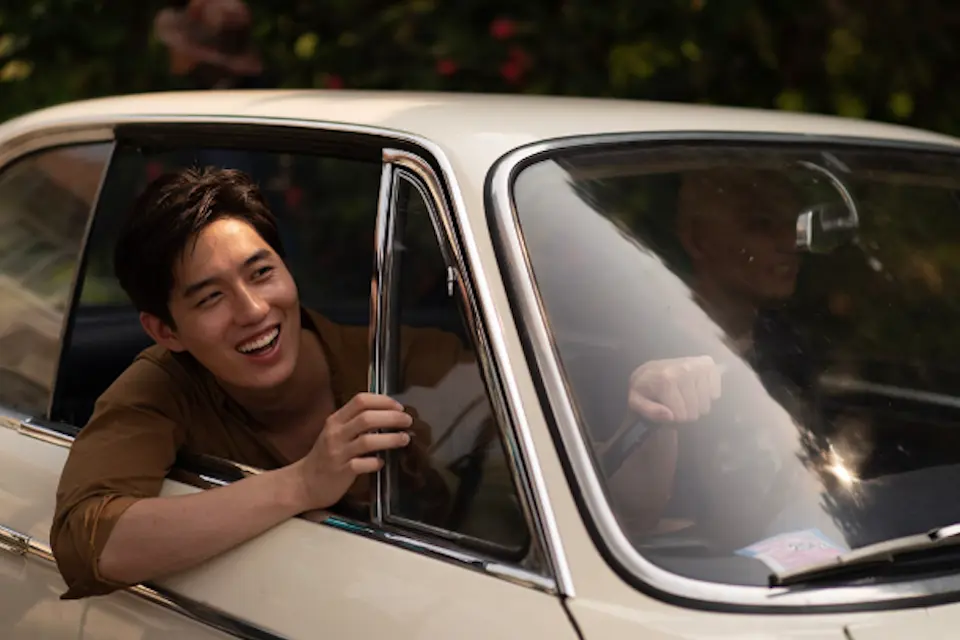


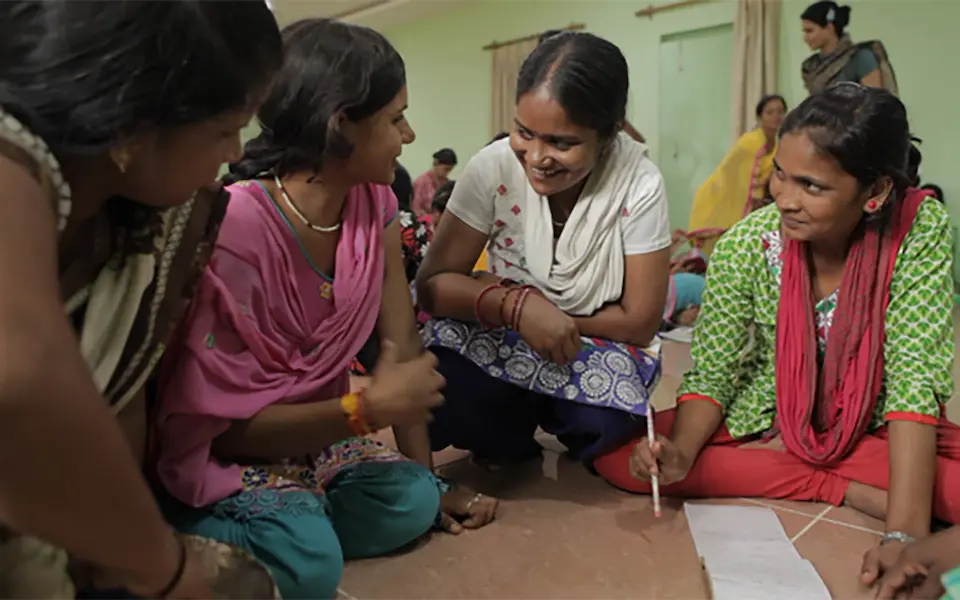
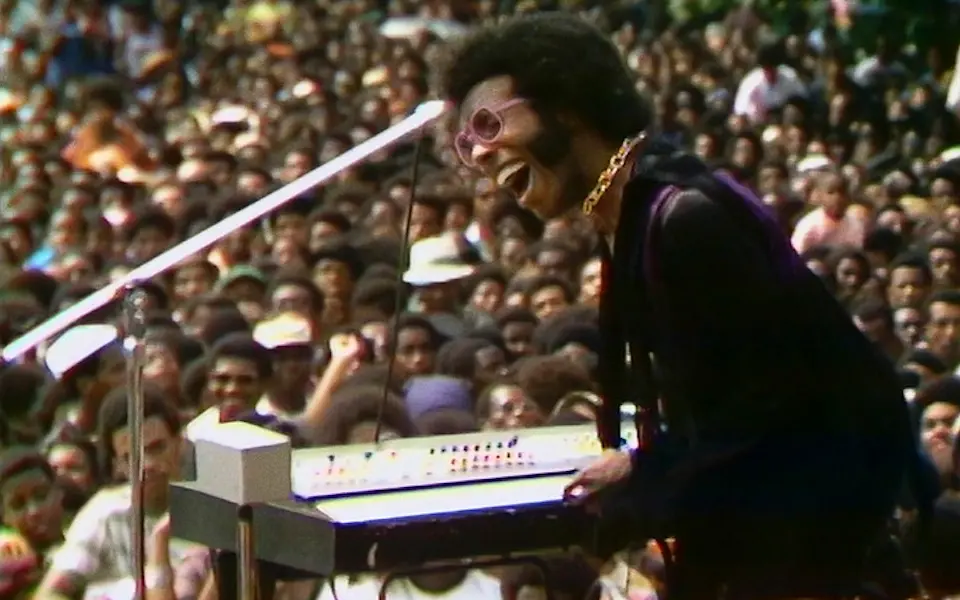
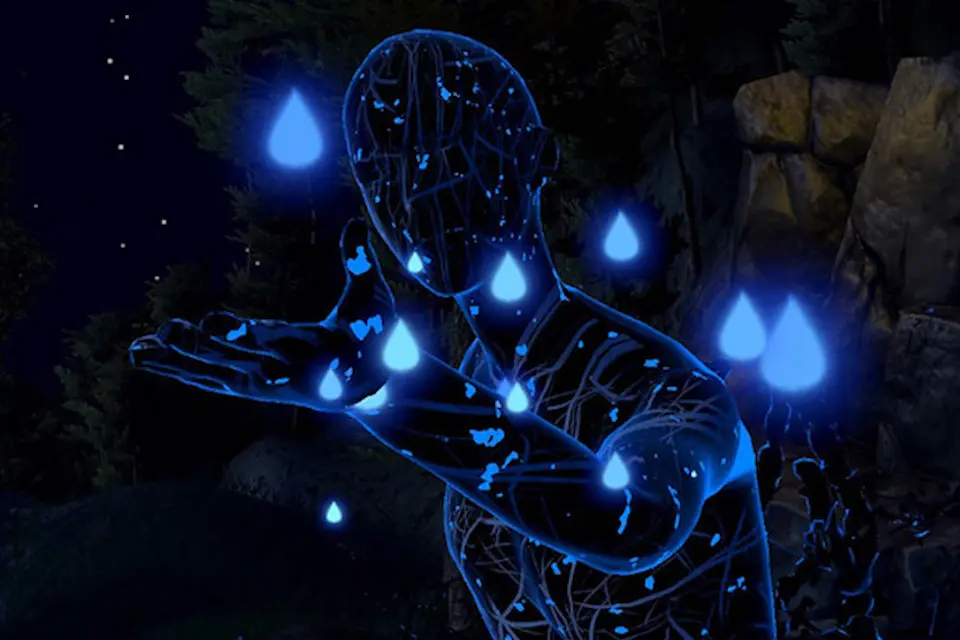
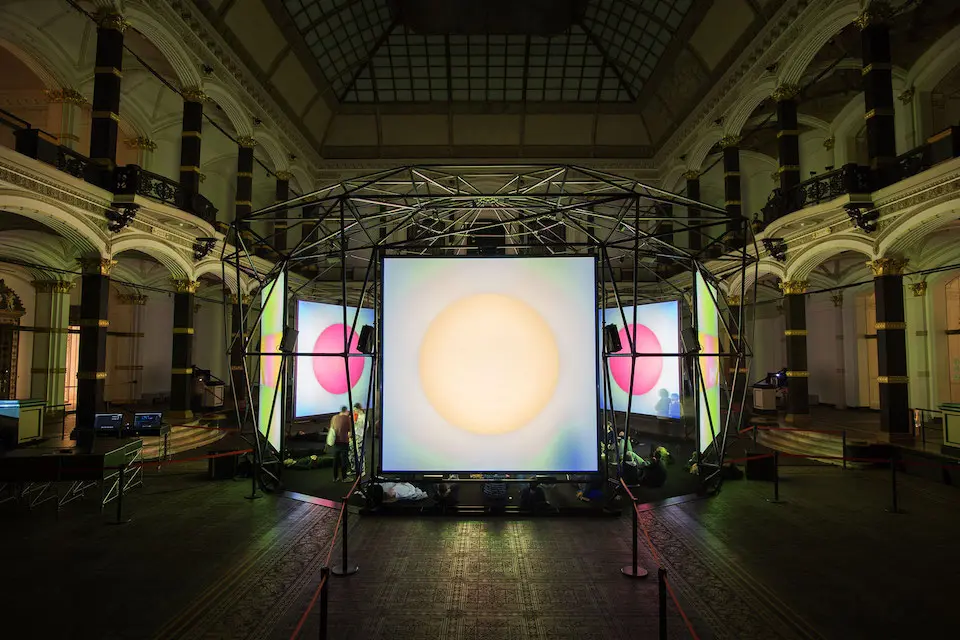


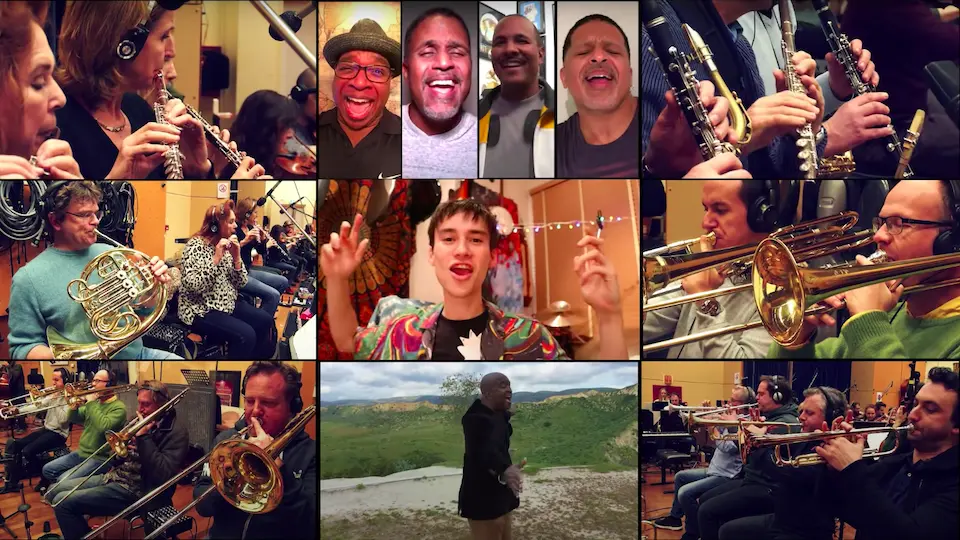

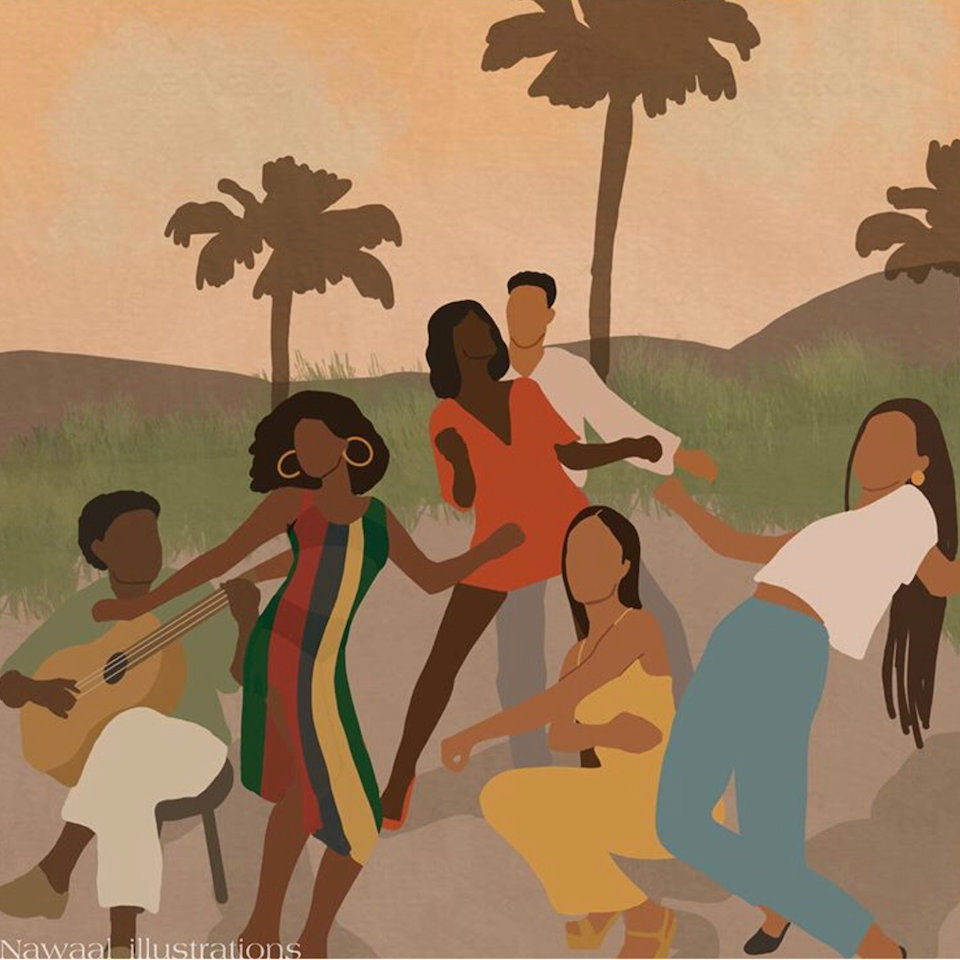


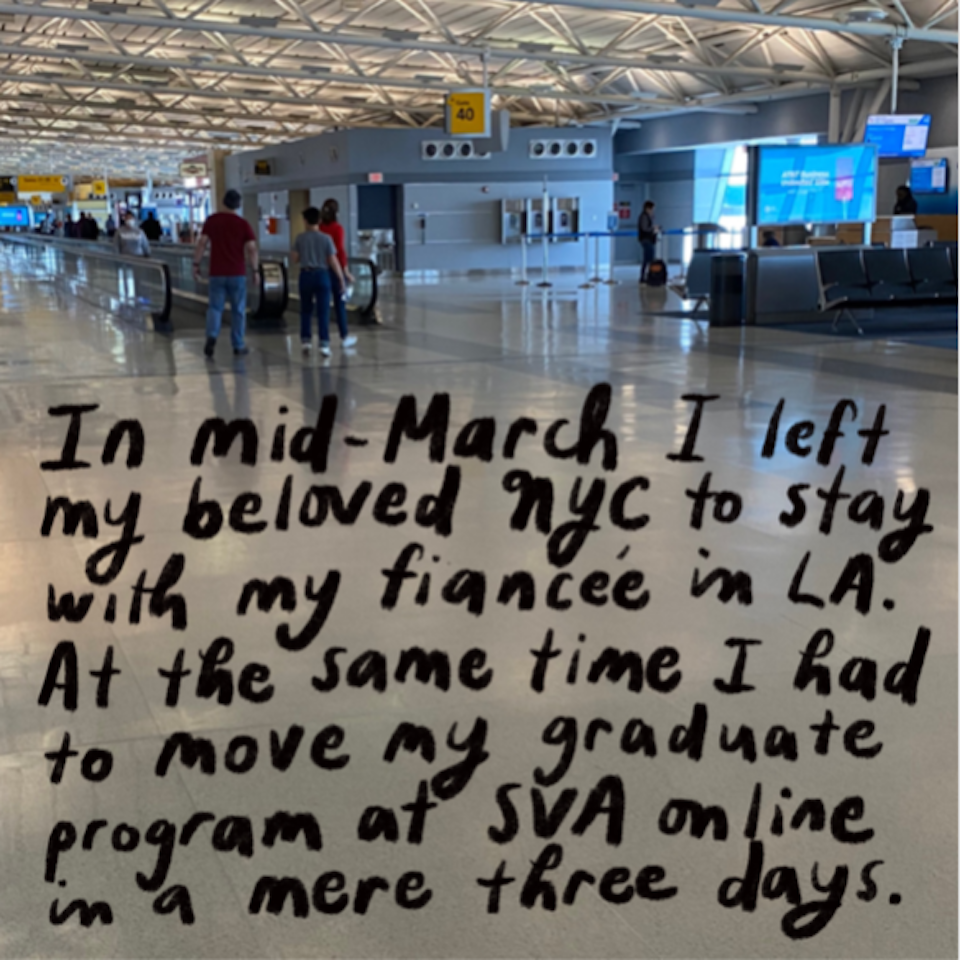
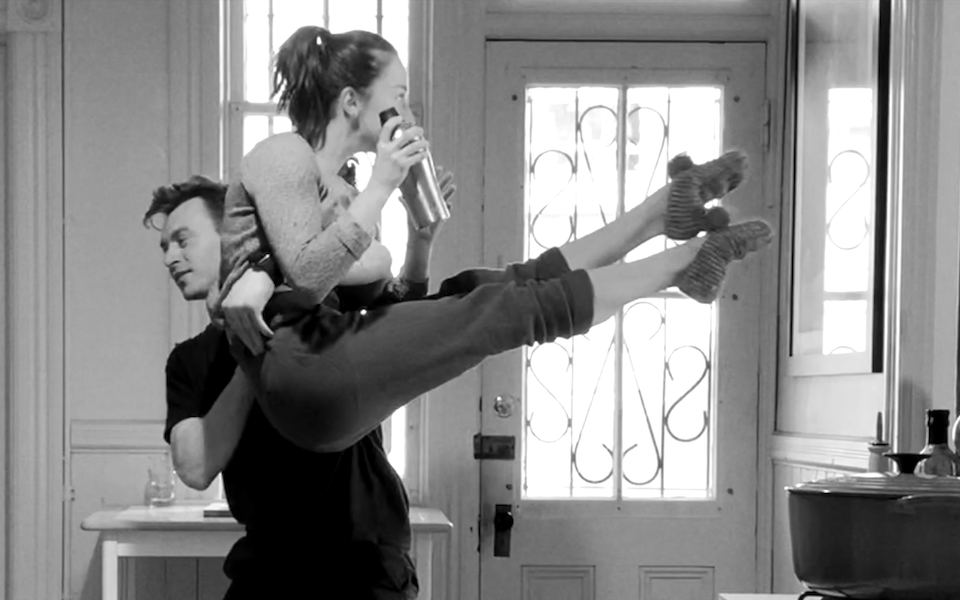
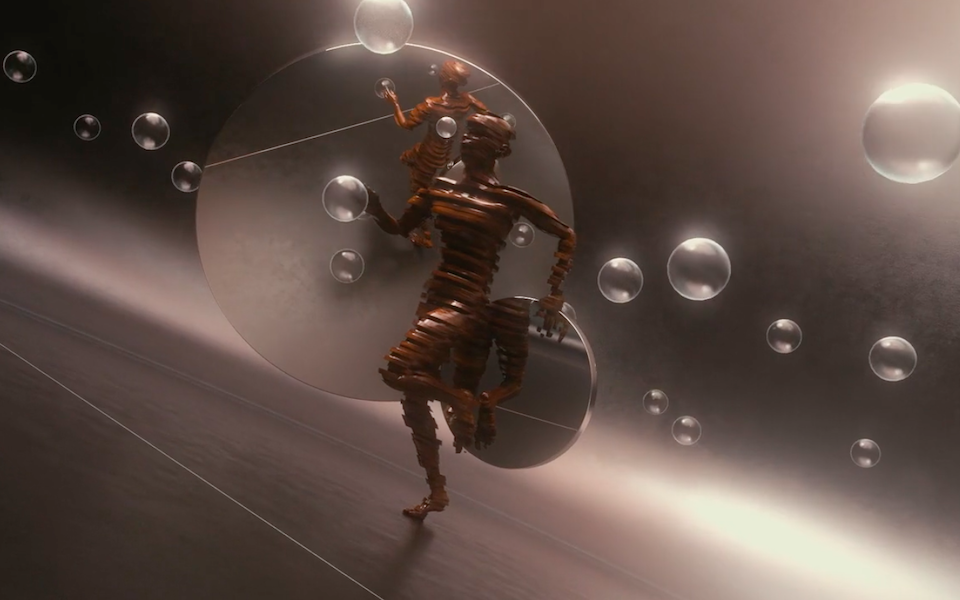
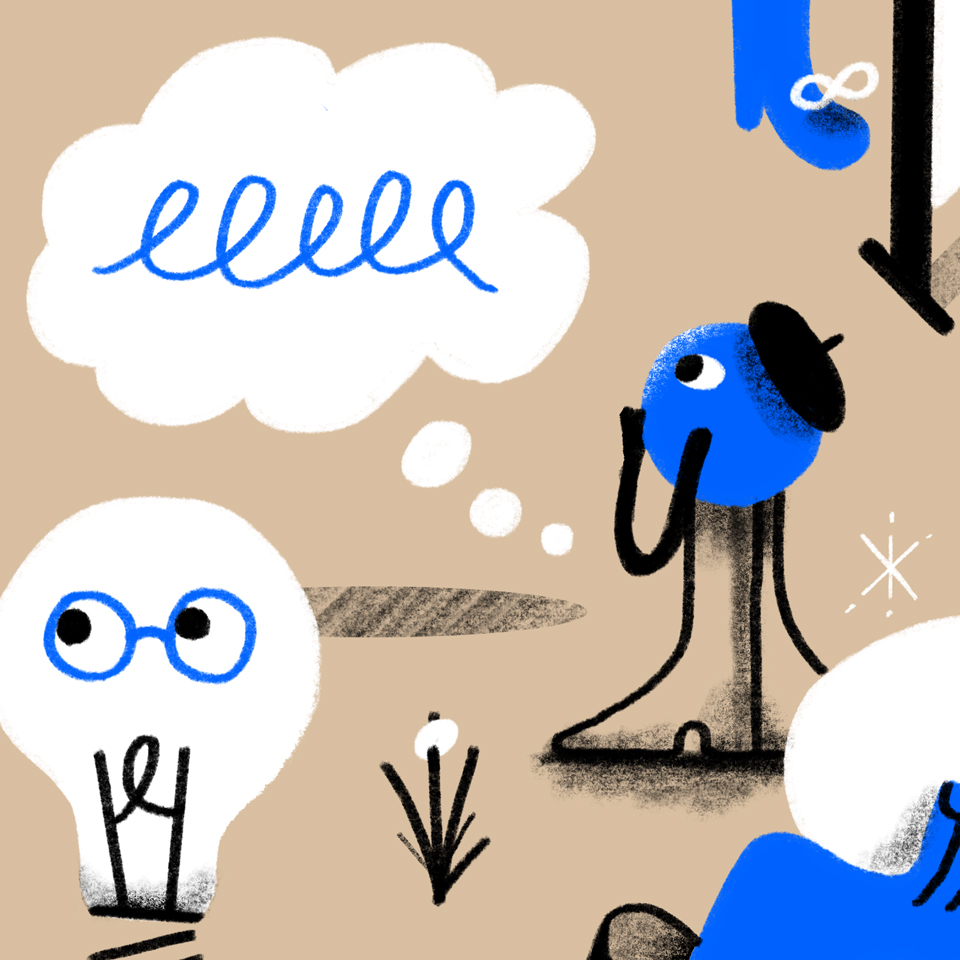
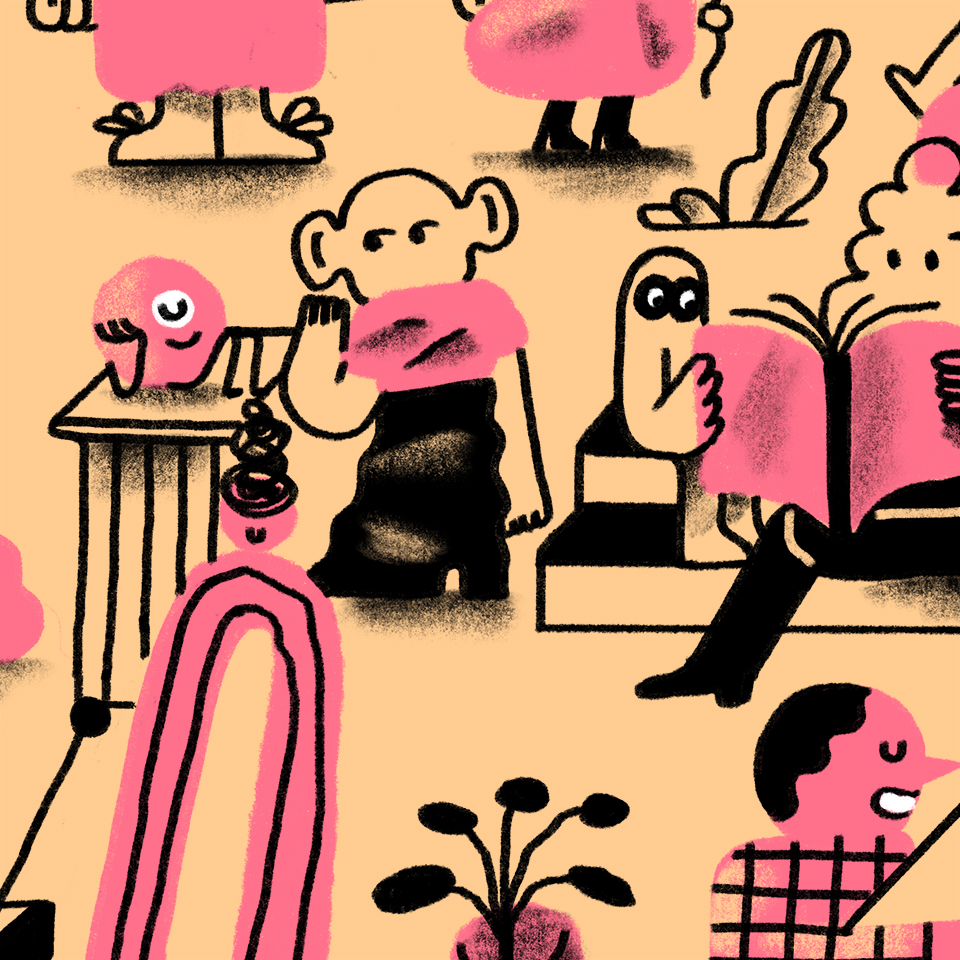


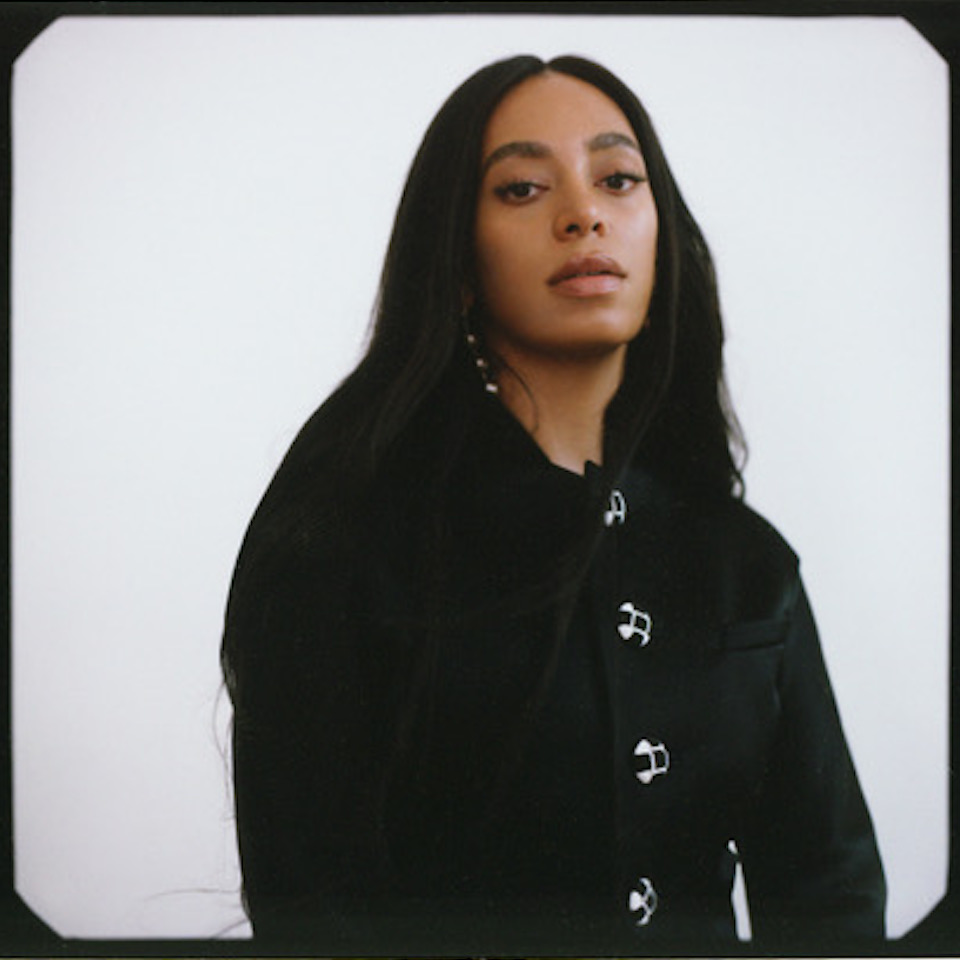

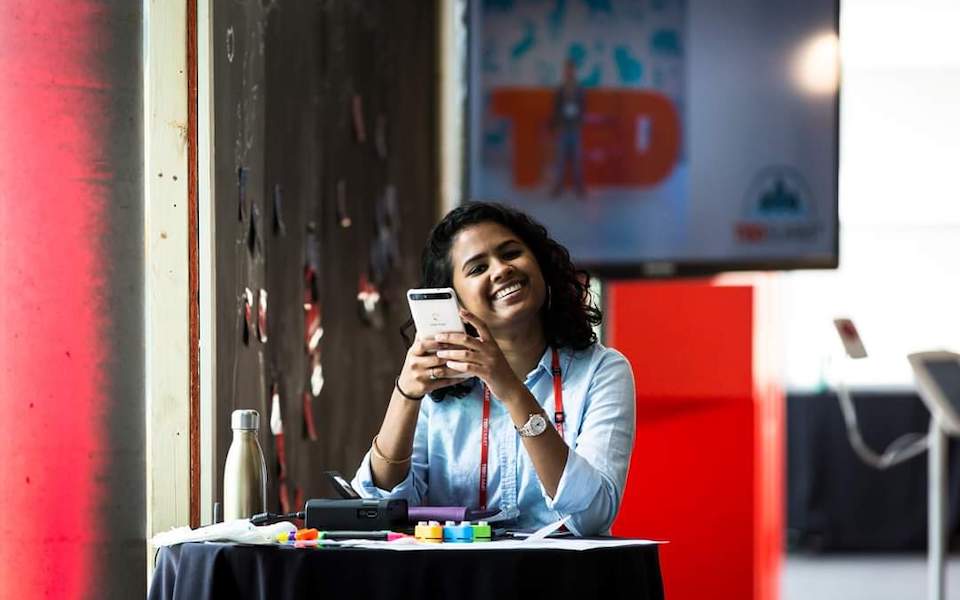


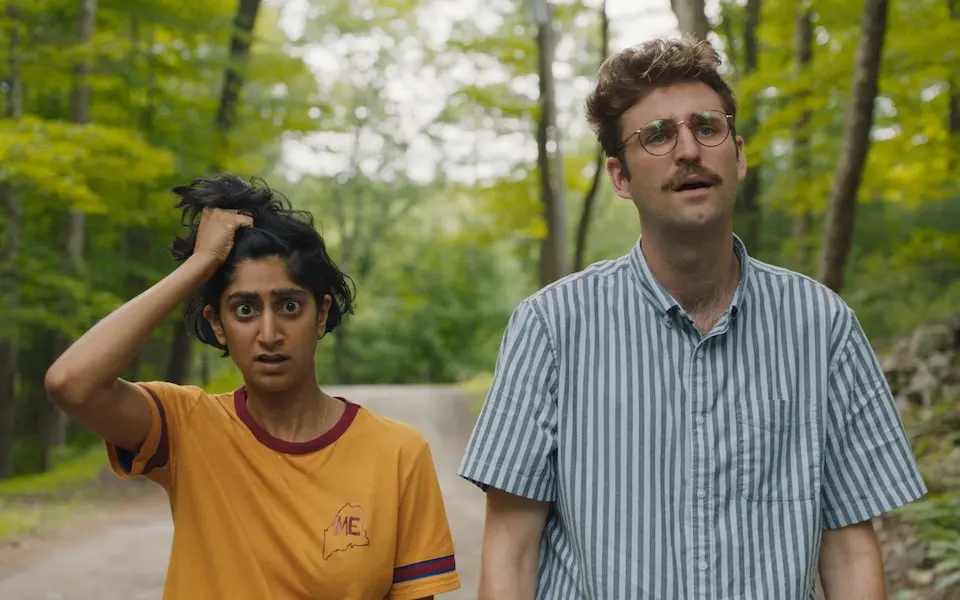
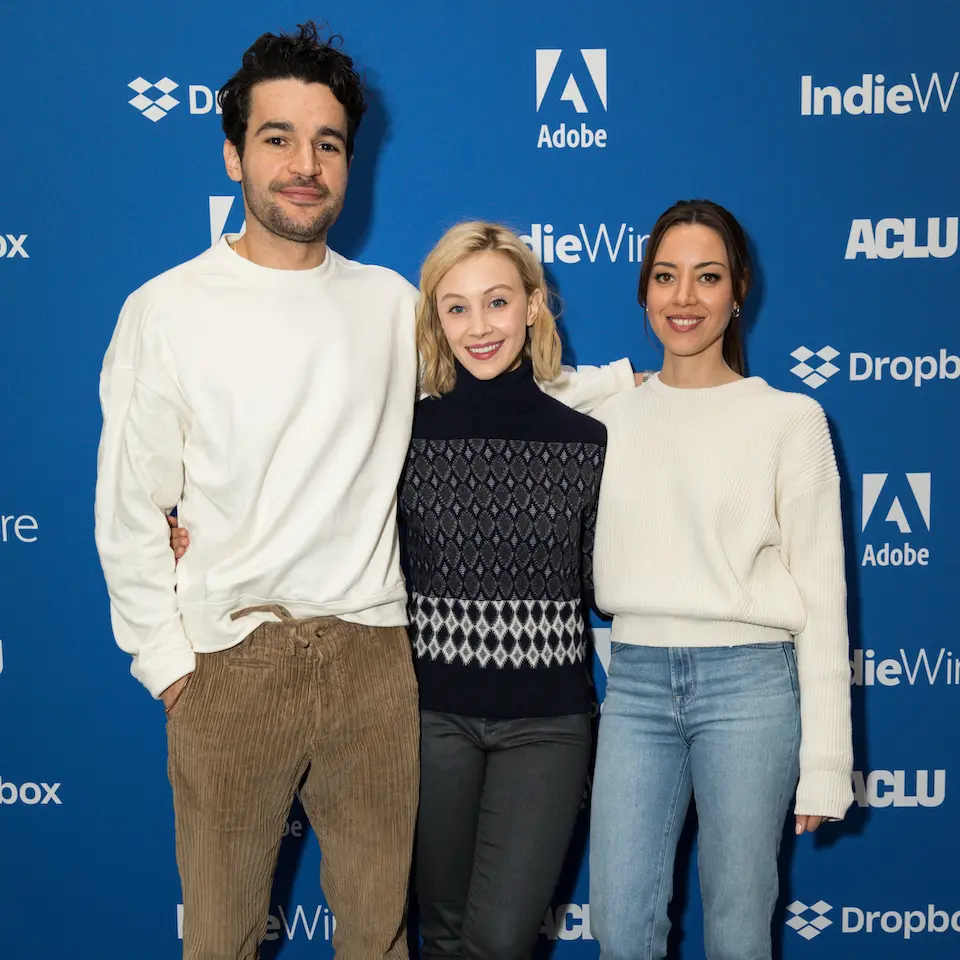
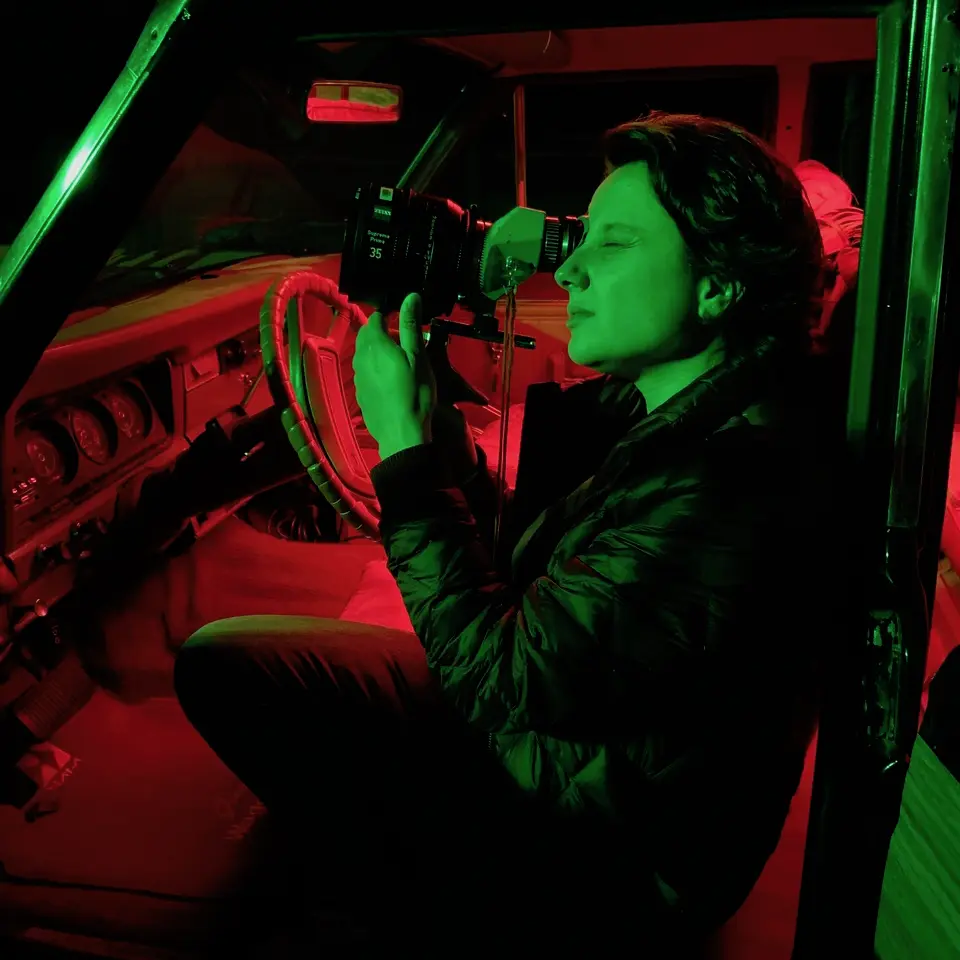
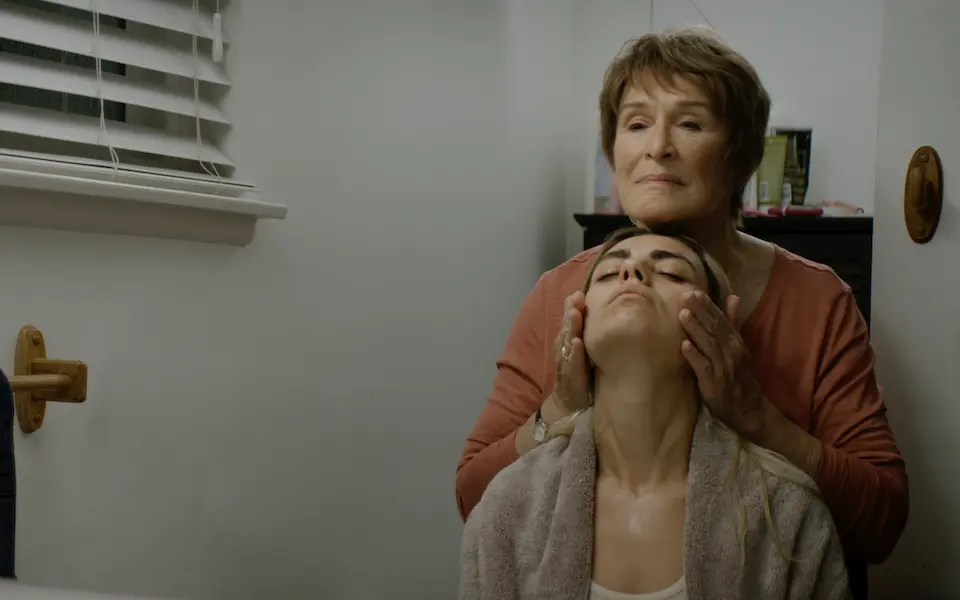

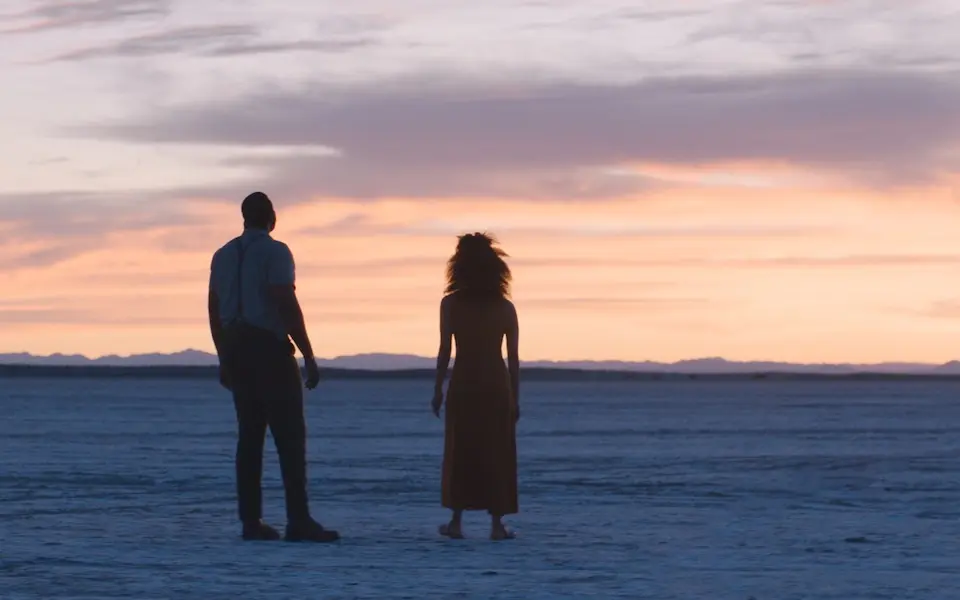
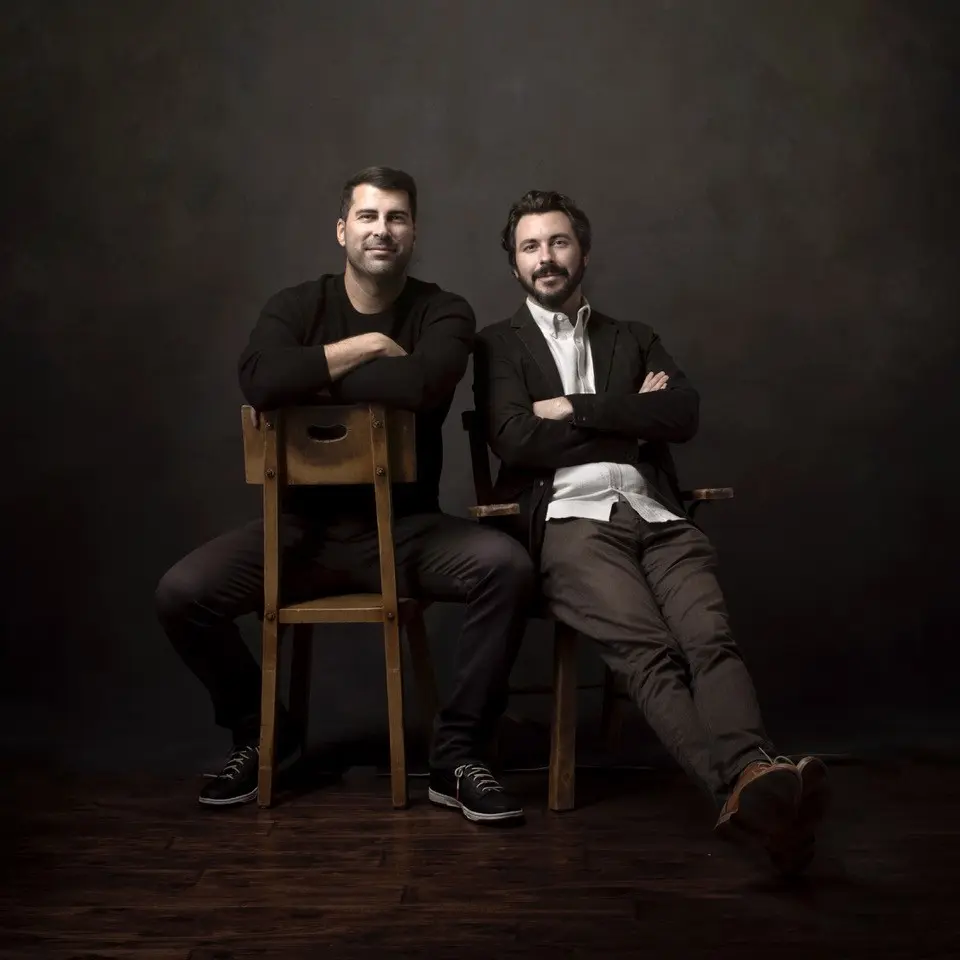



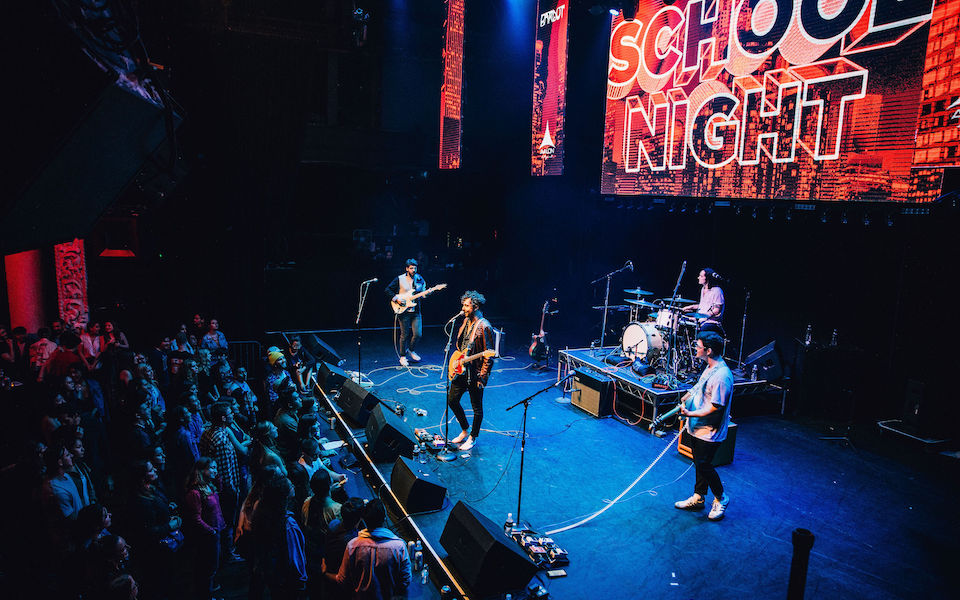






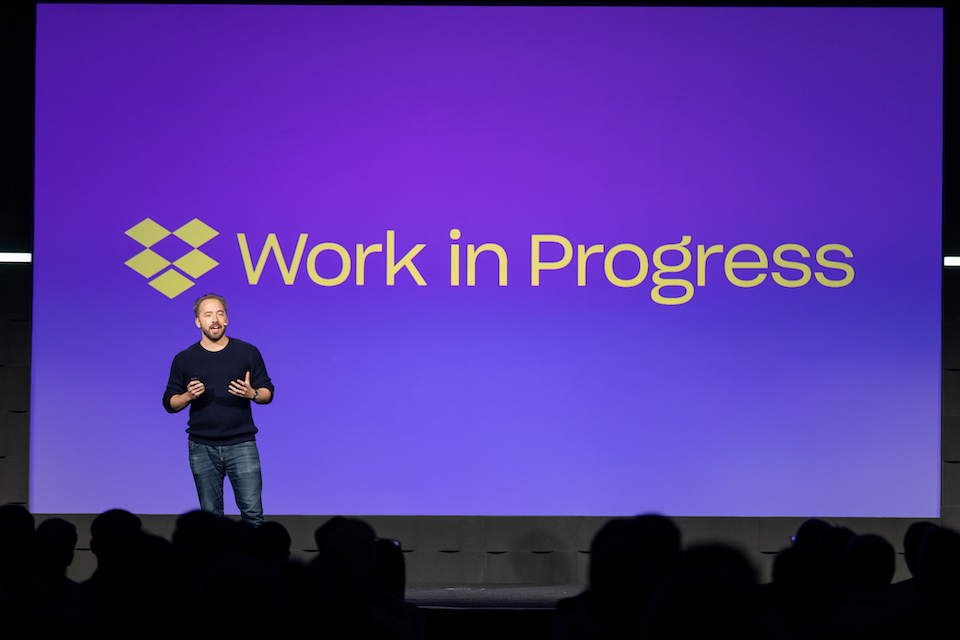



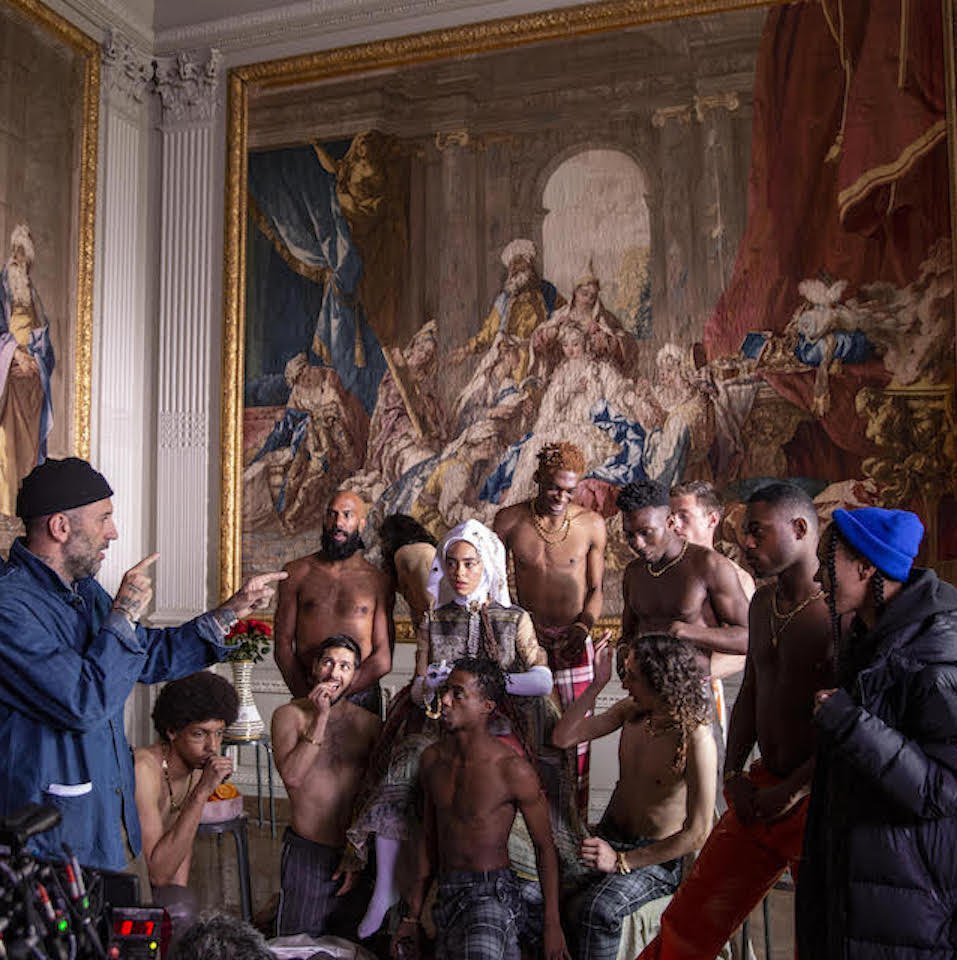

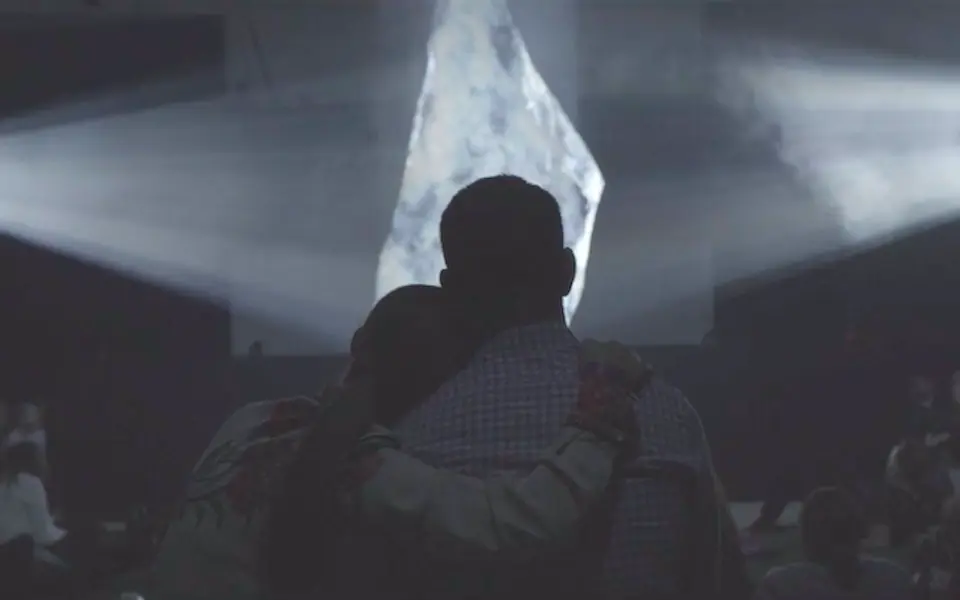
.png/_jcr_content/renditions/Karen%20O%20%2B%20Danger%20Mouse%20(photo%20by%20Eliot%20Lee%20Hazel).webp)


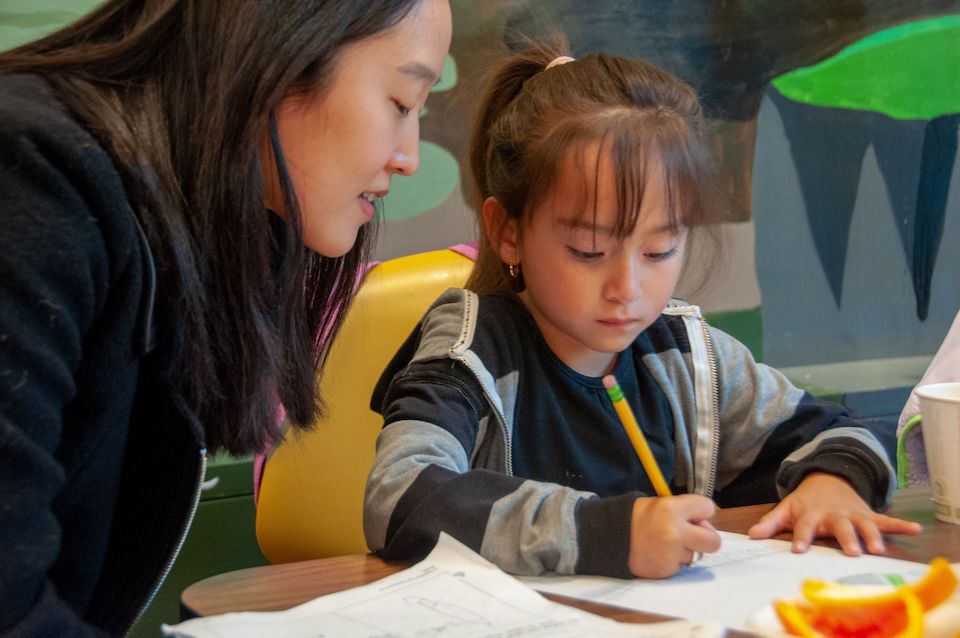


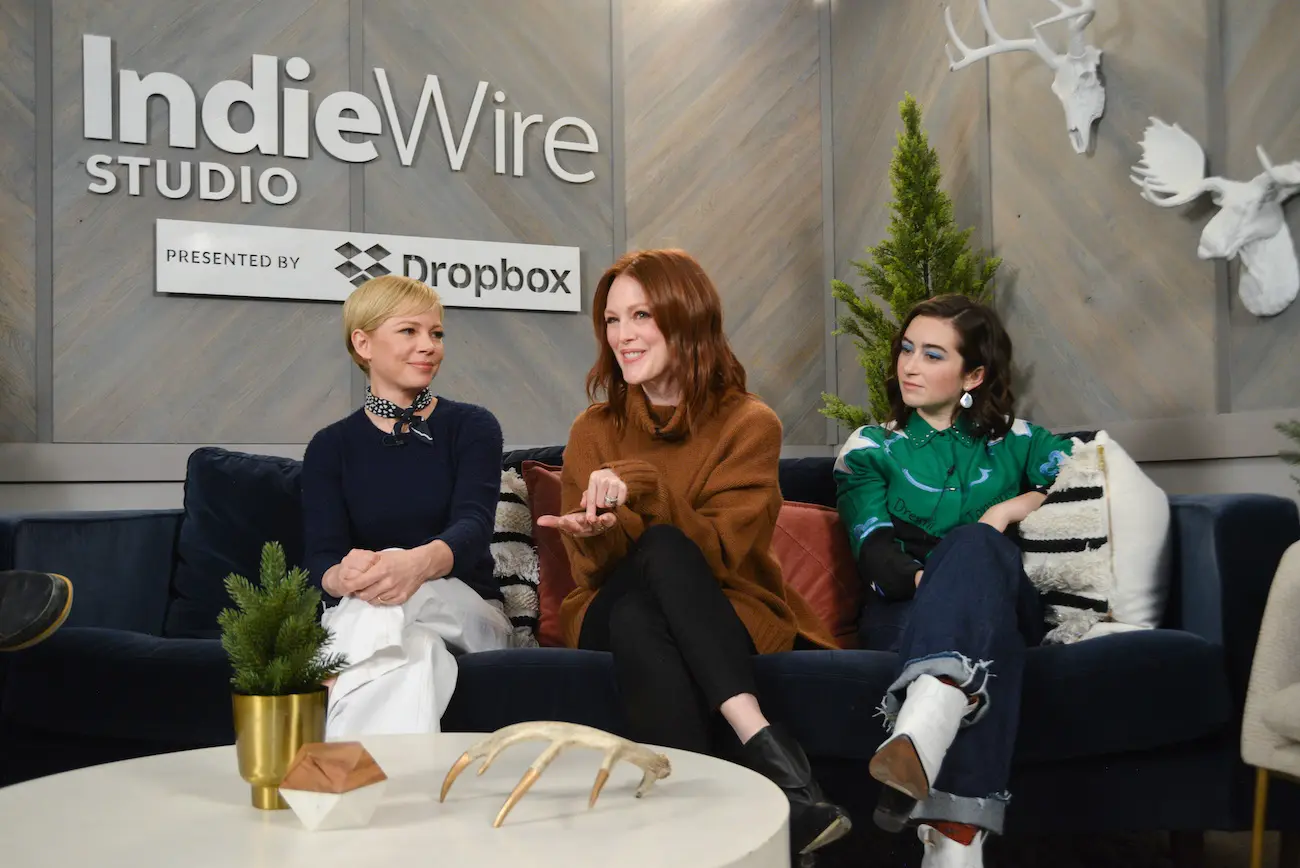


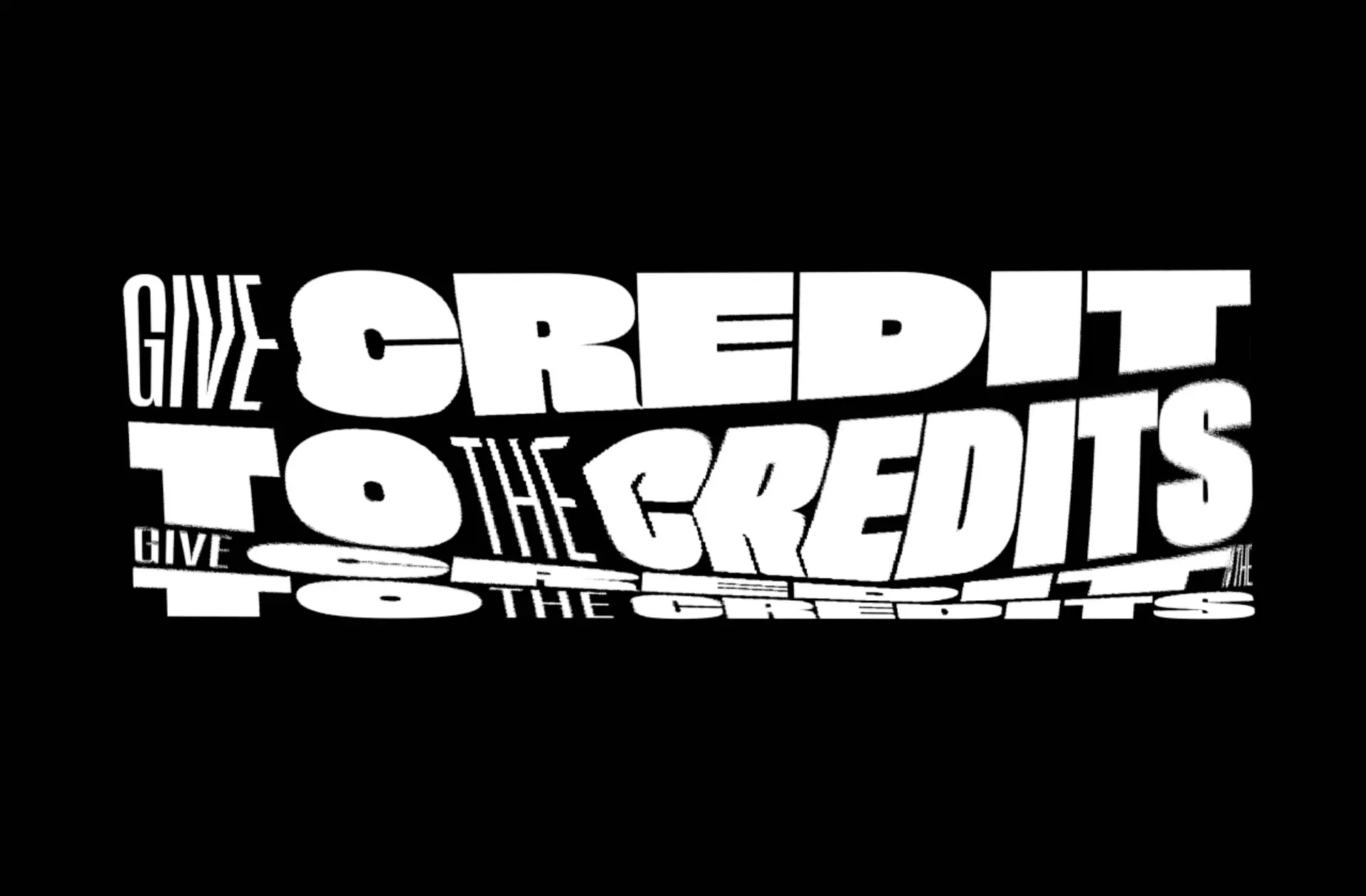
.jpg/_jcr_content/renditions/Extremely%20Wicked%20Shockingly%20Evil%20and%20Vile_Sundance19_Director%20Joe%20Berlinger%20(3).webp)

.jpg/_jcr_content/renditions/Bedlam%2014%20(1).webp)
